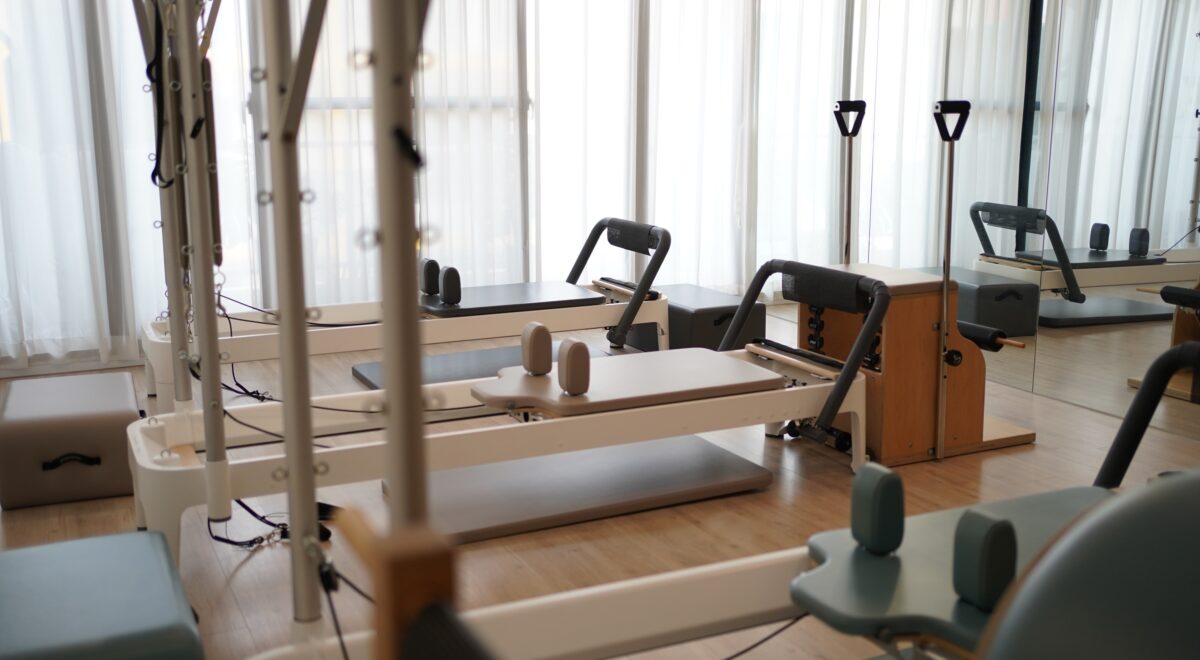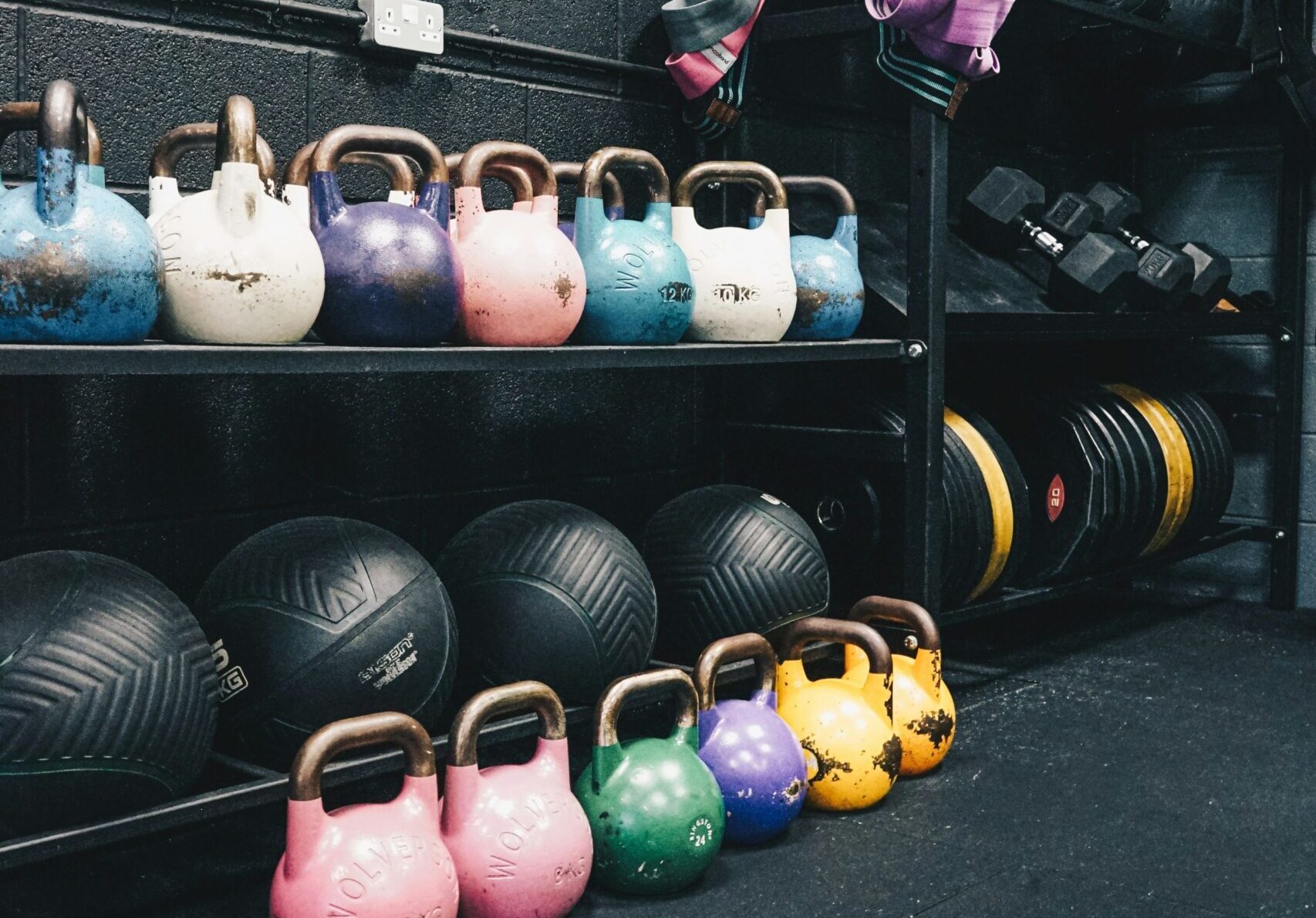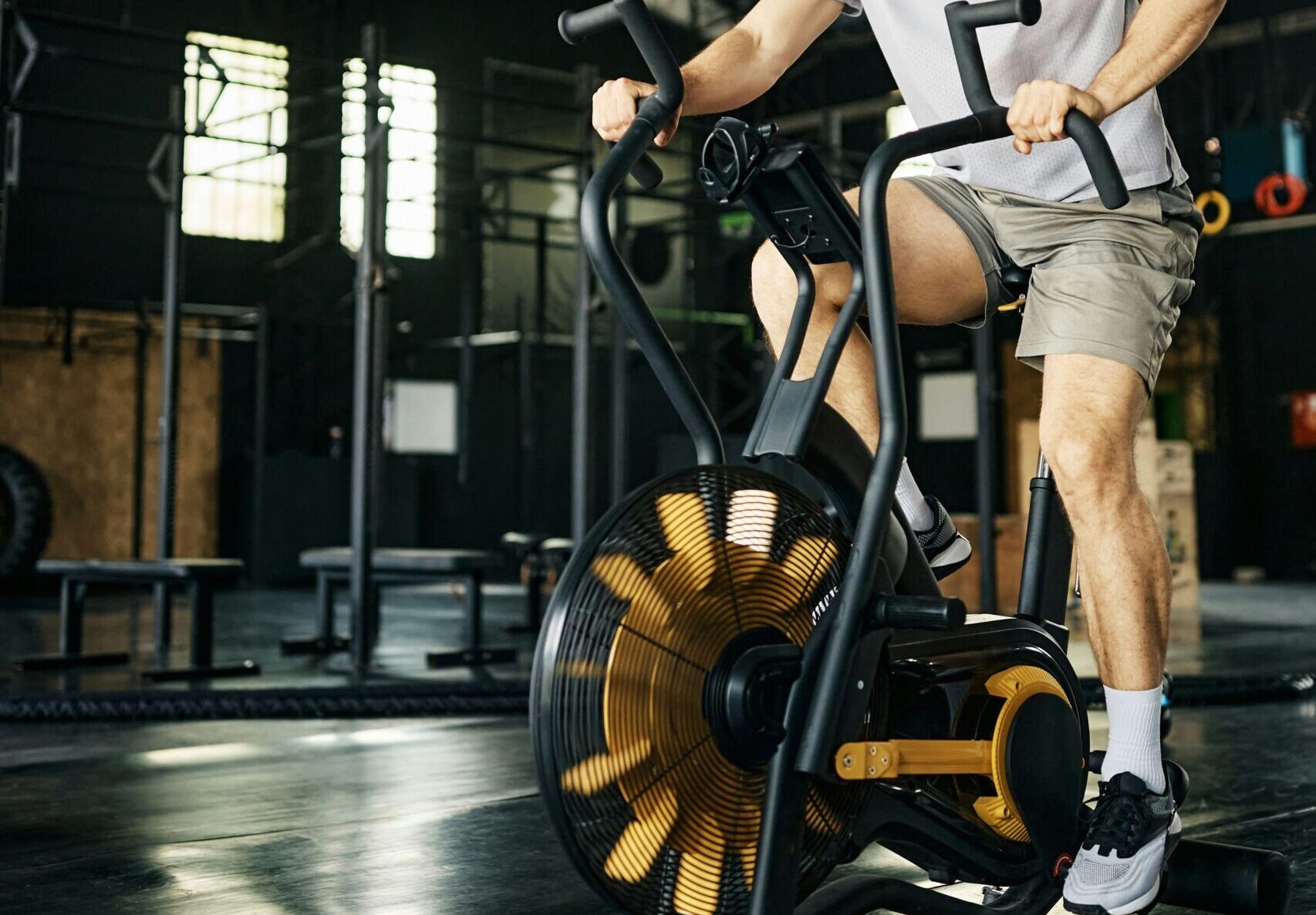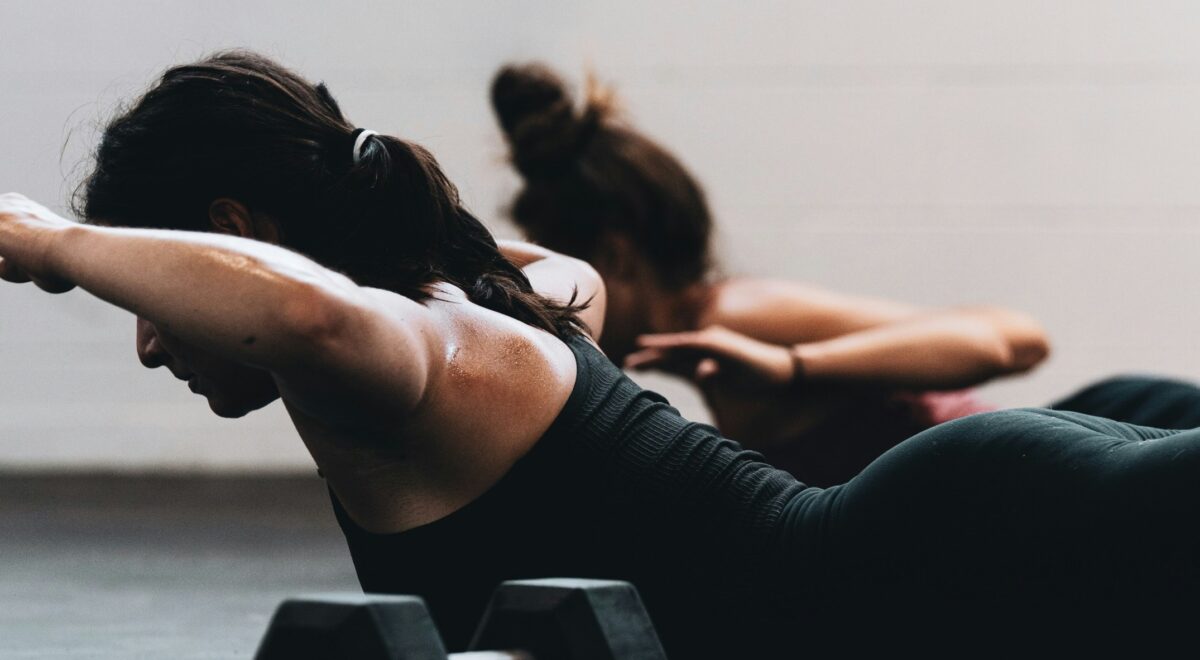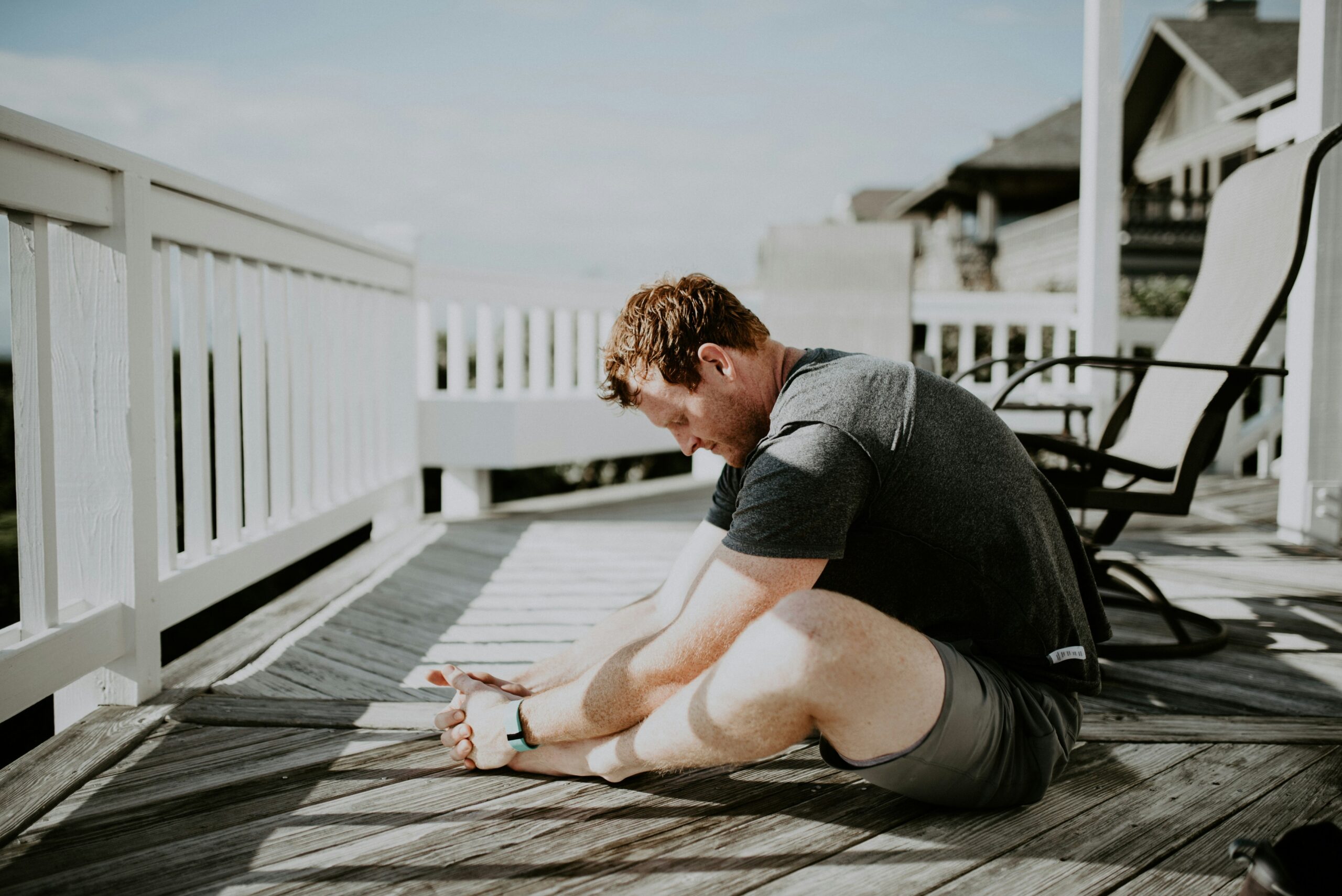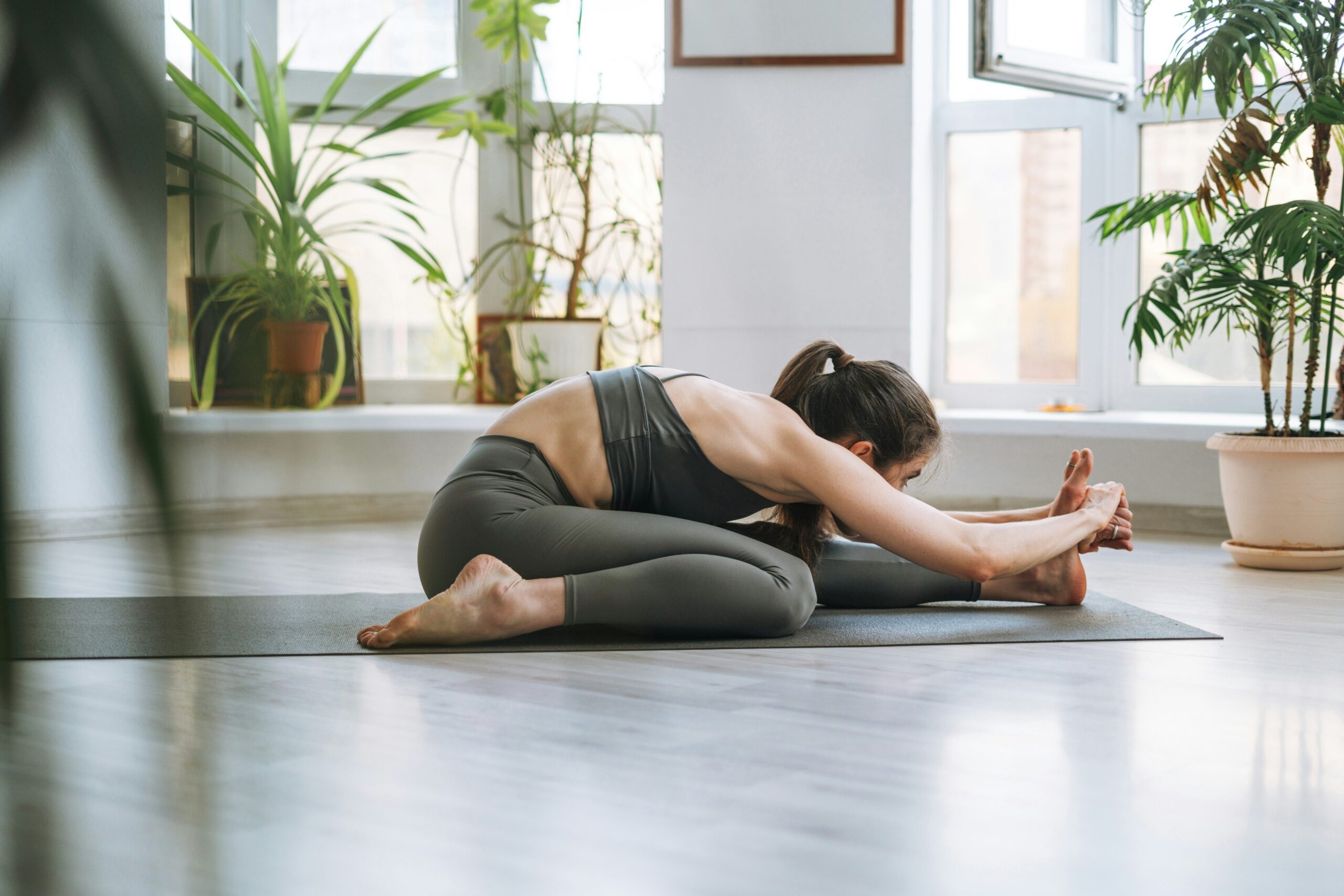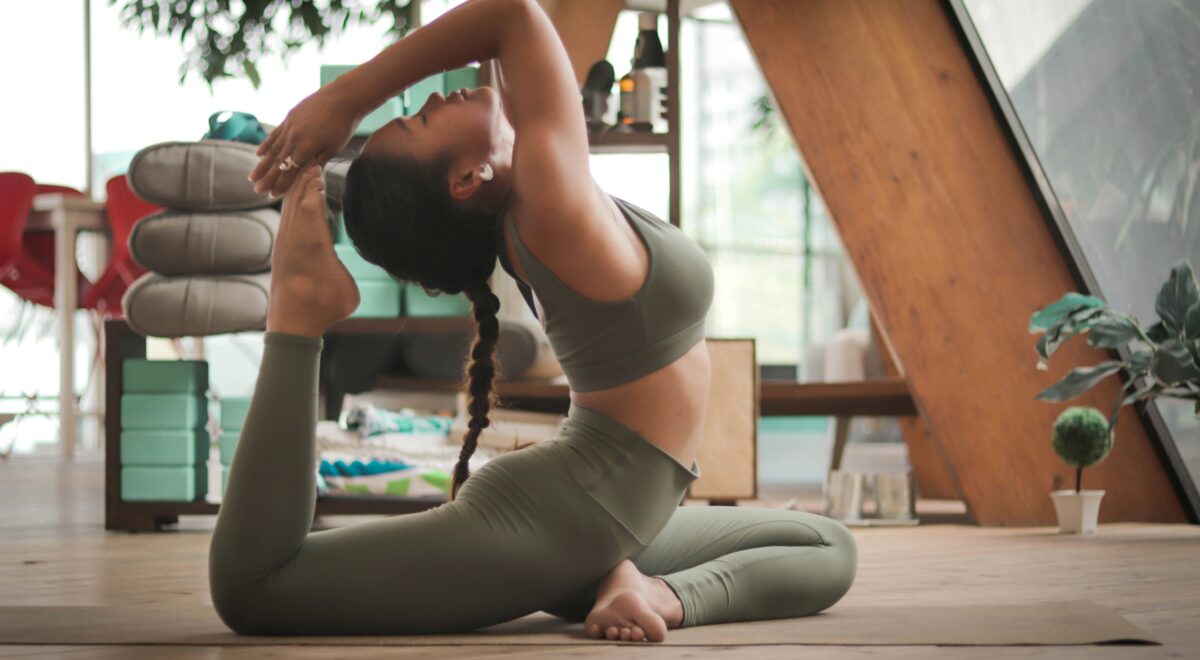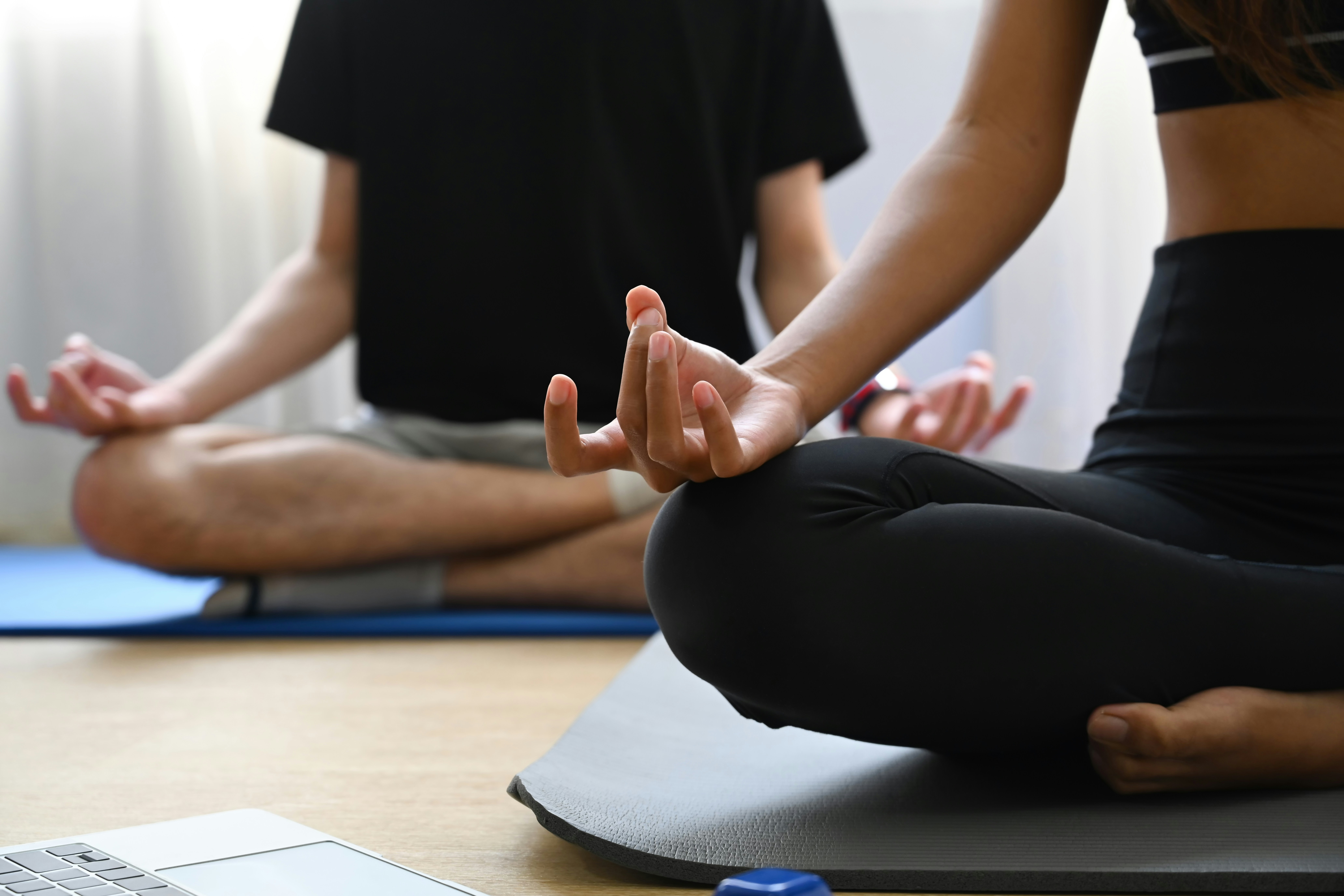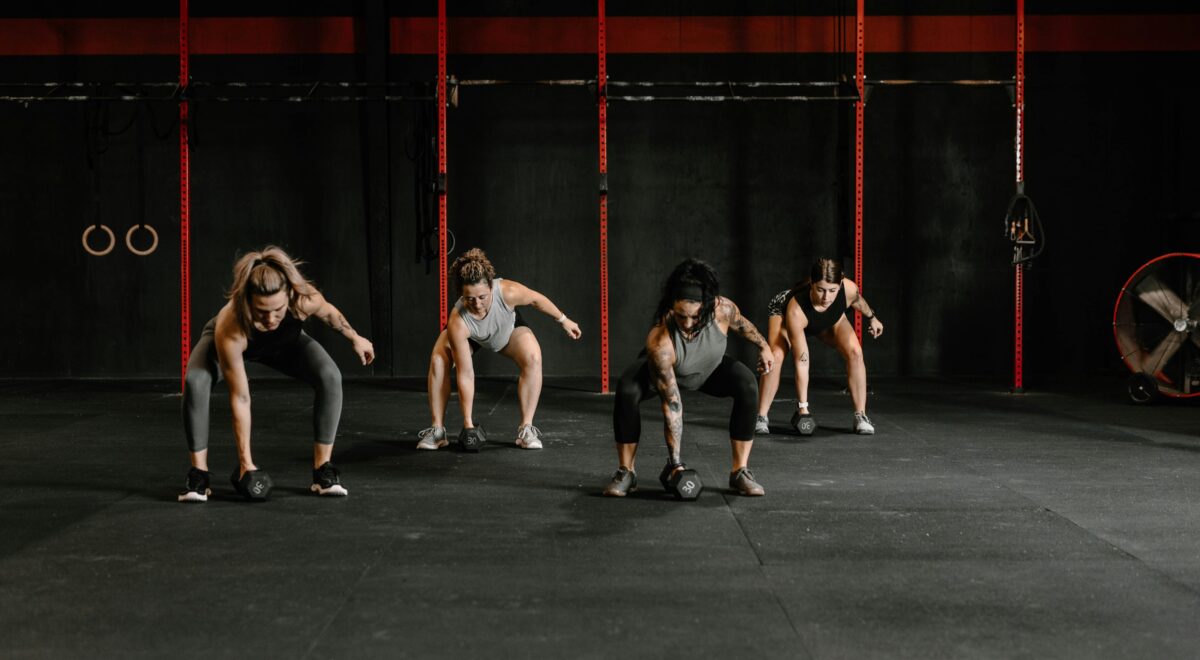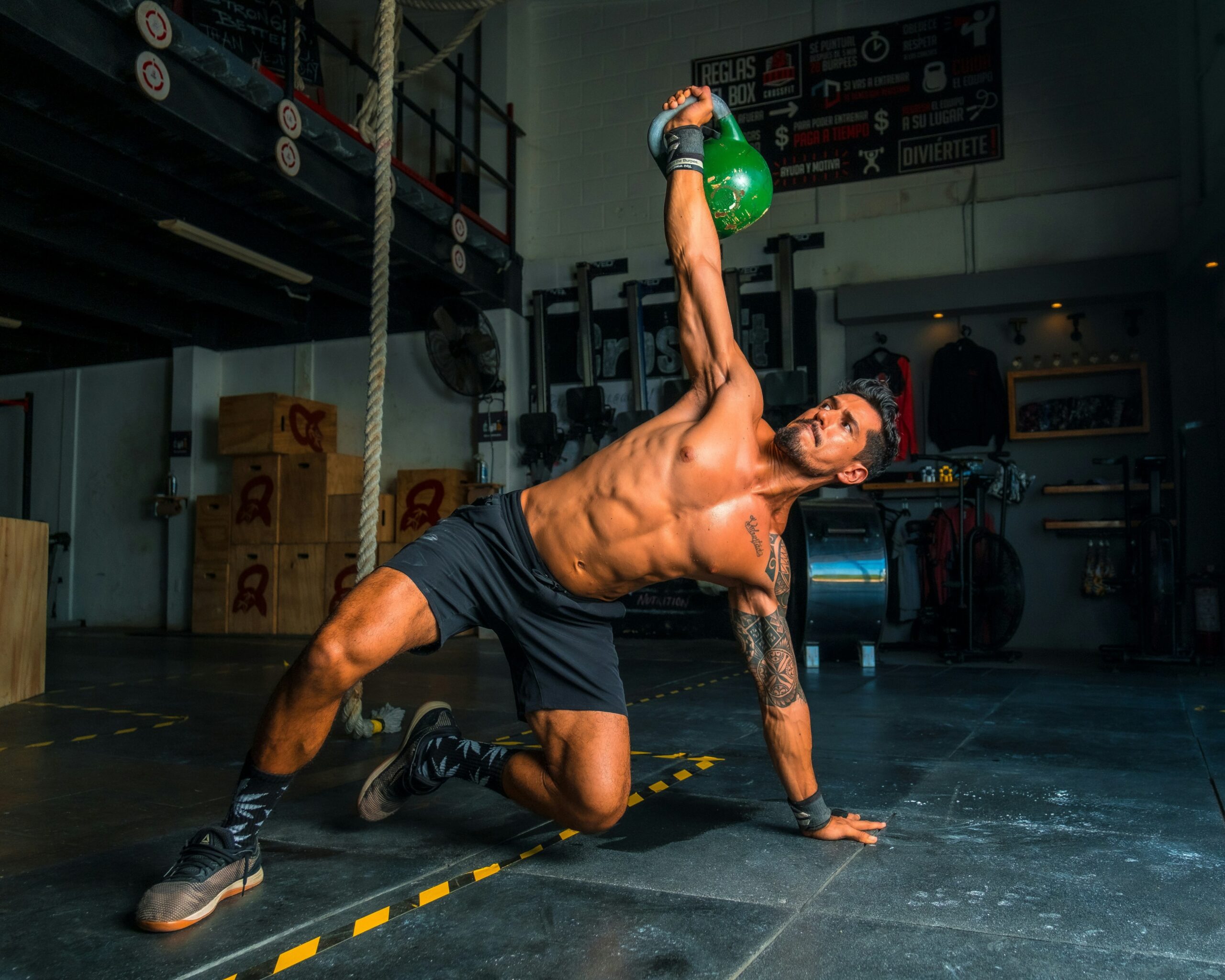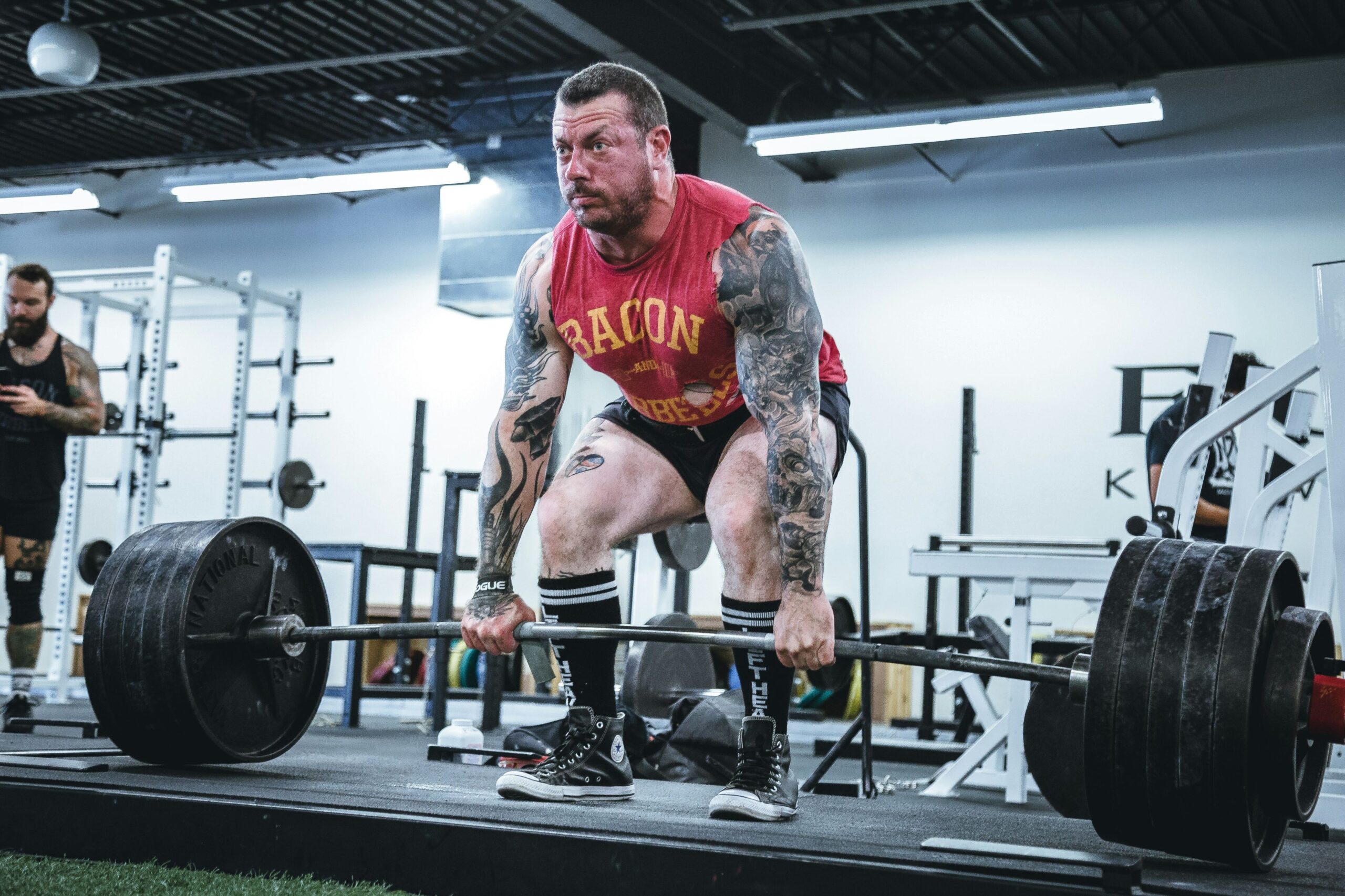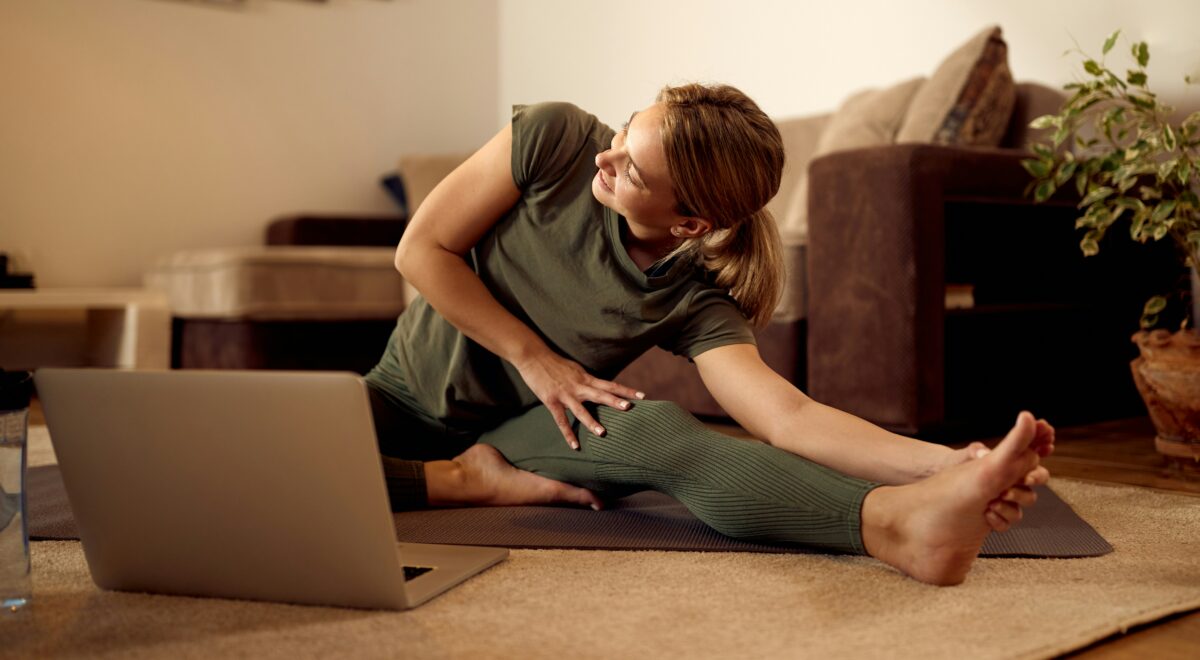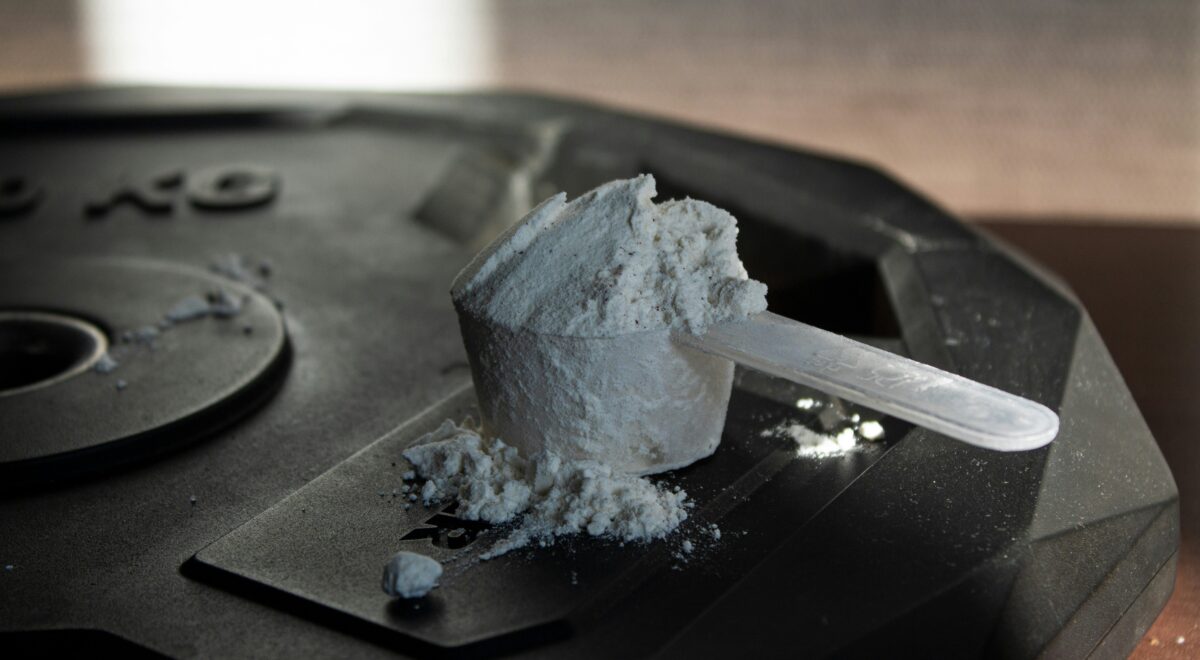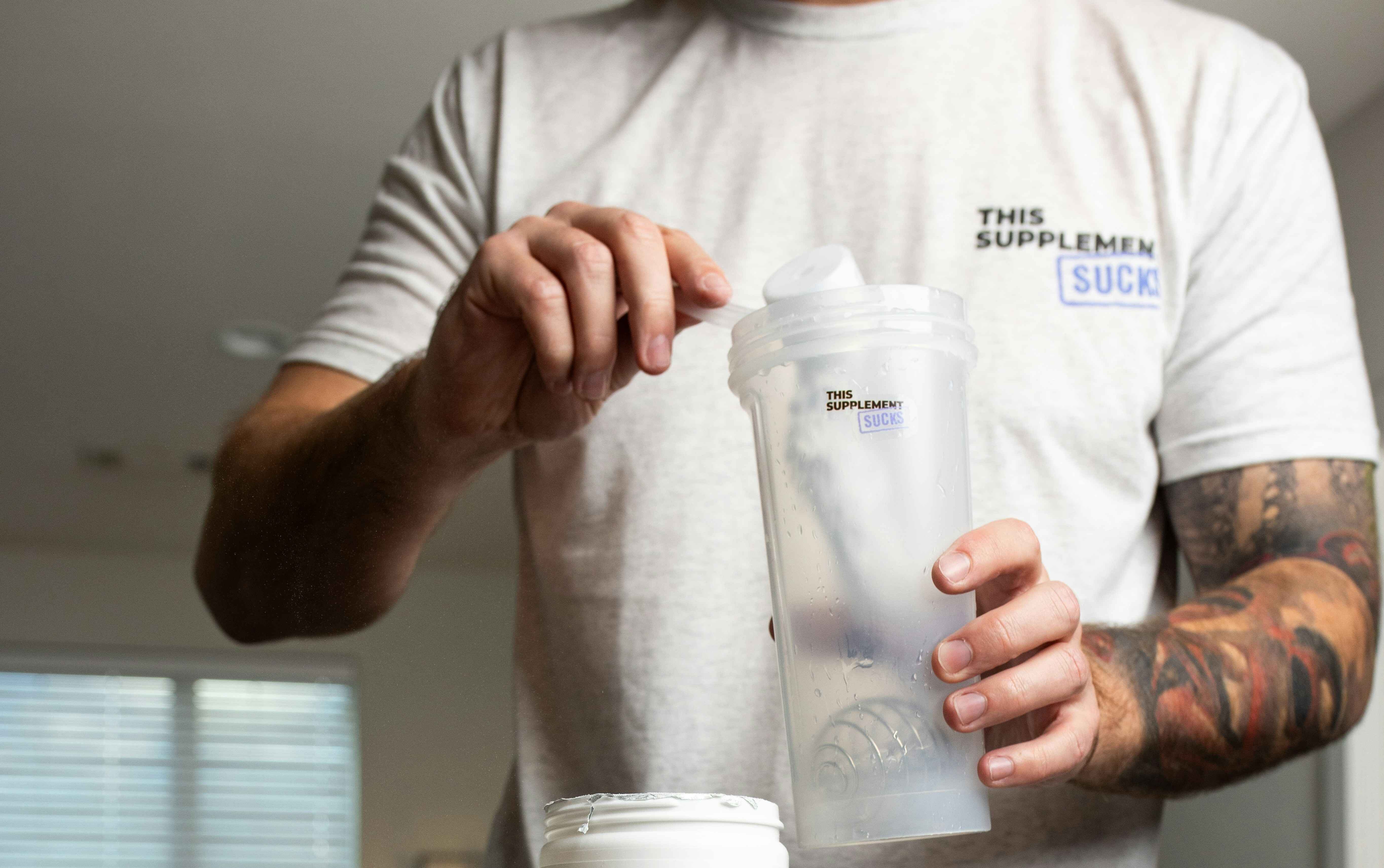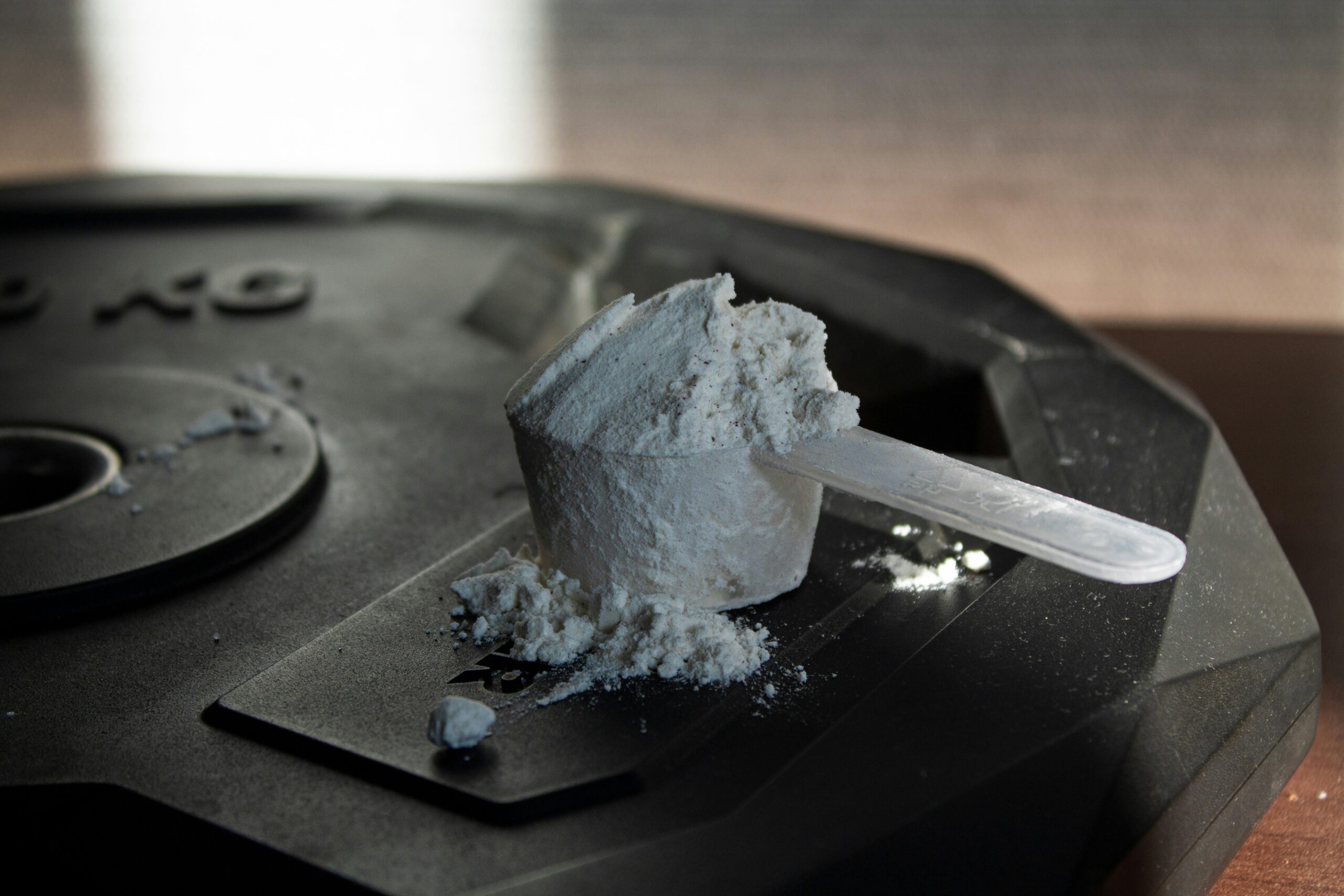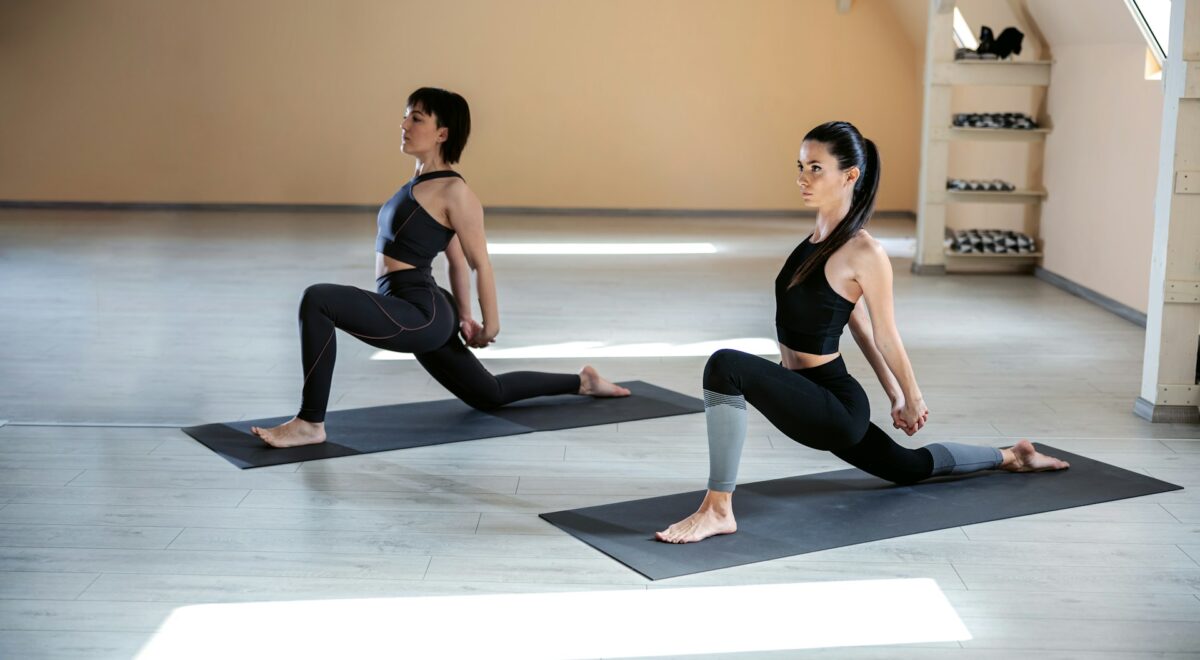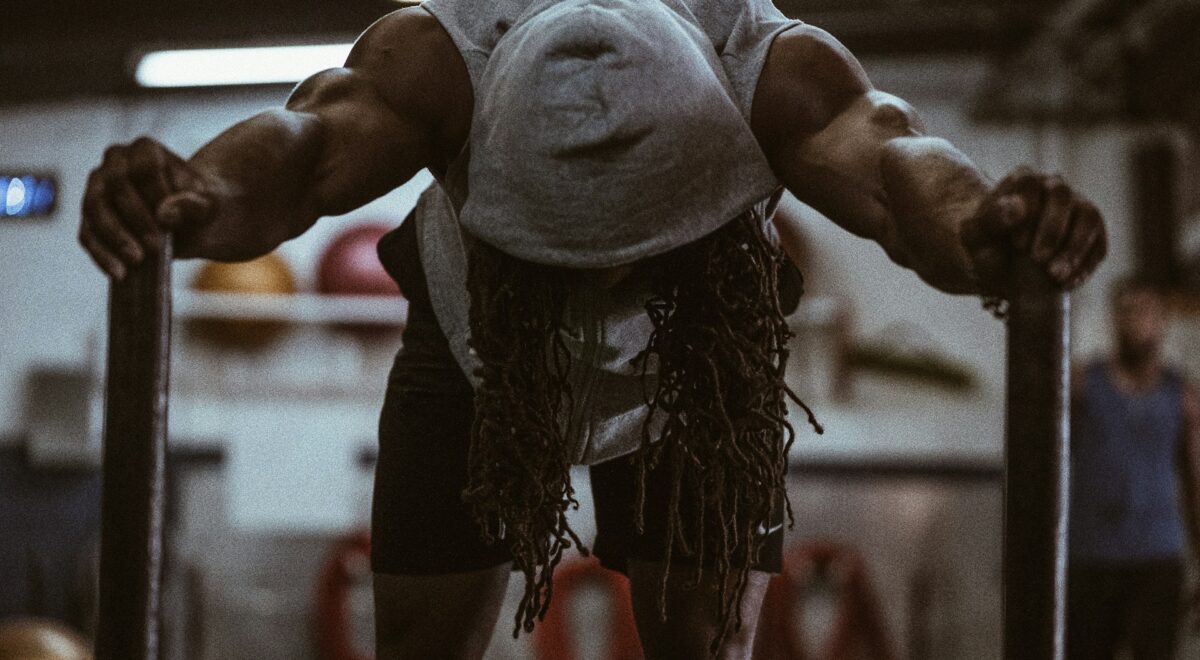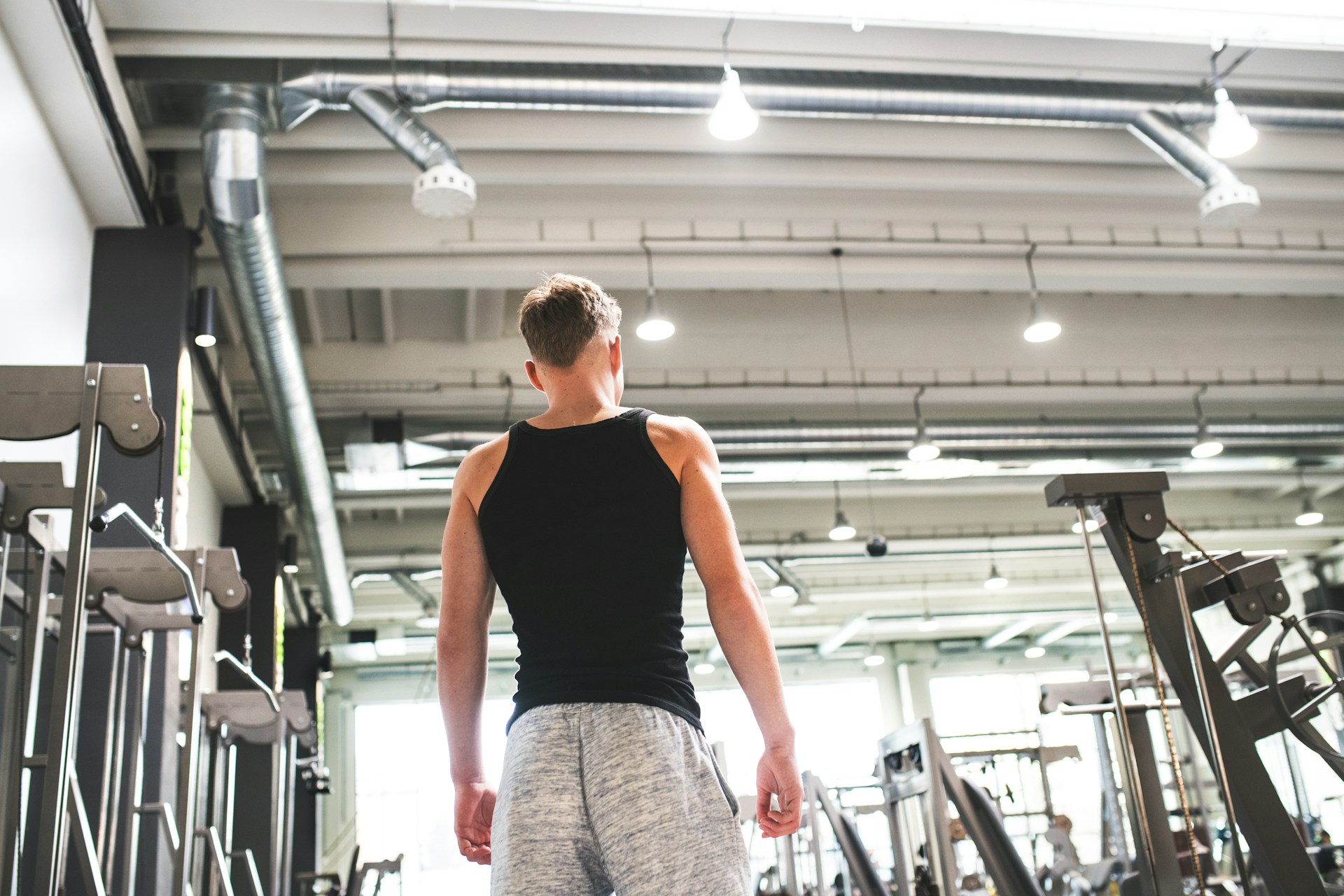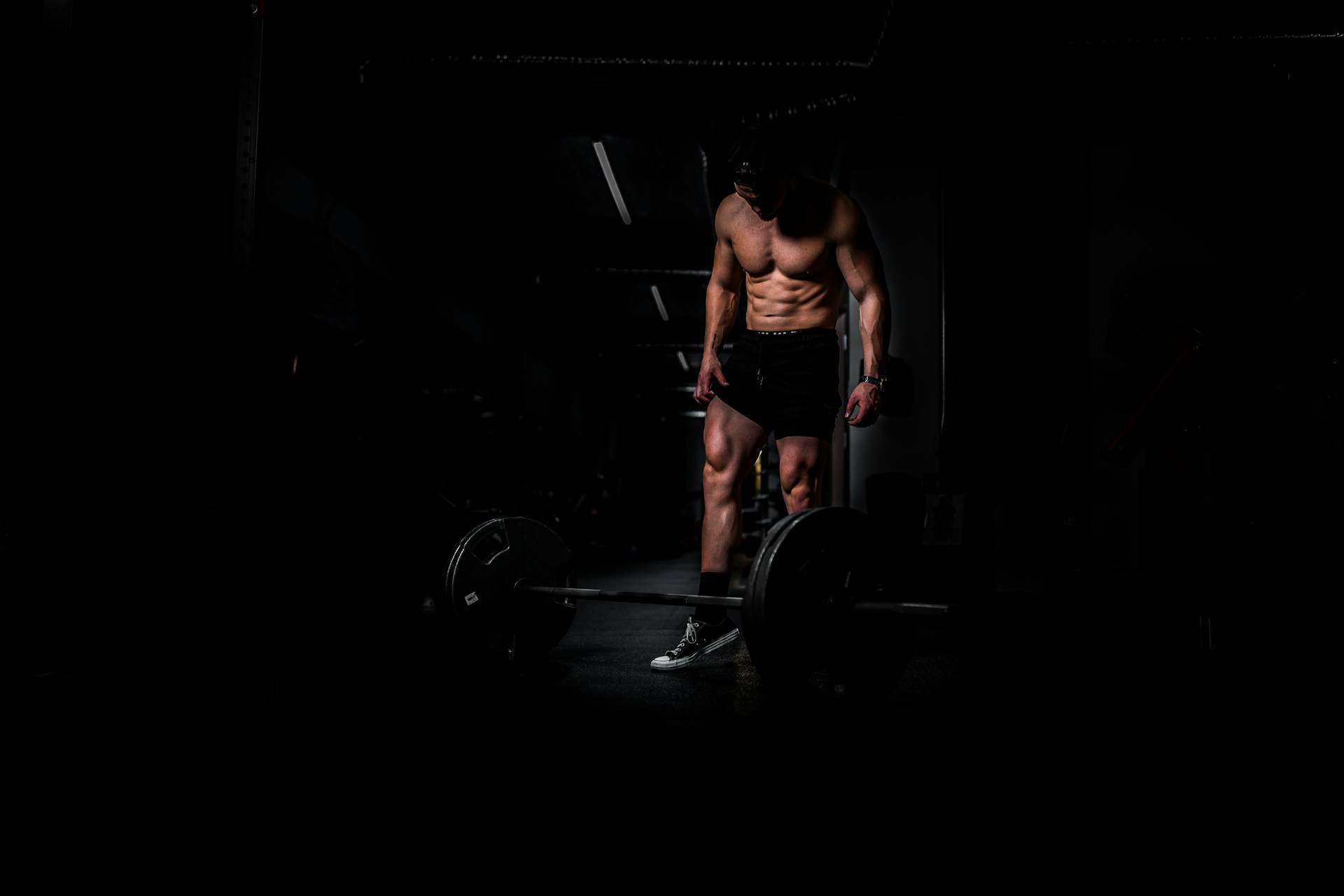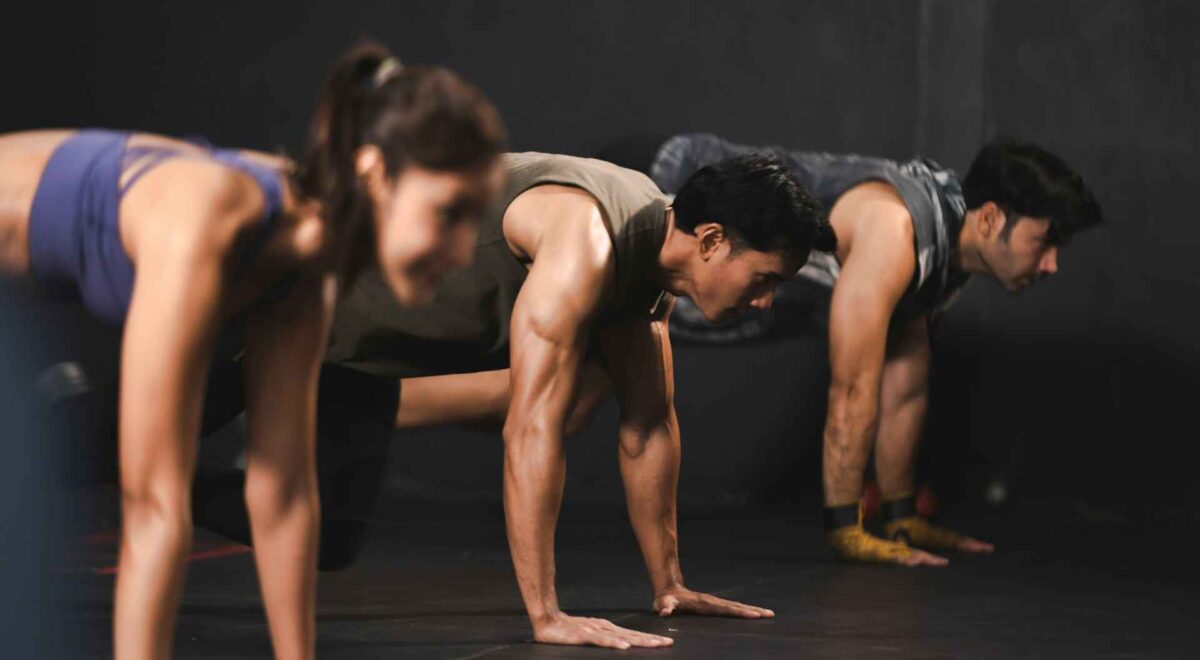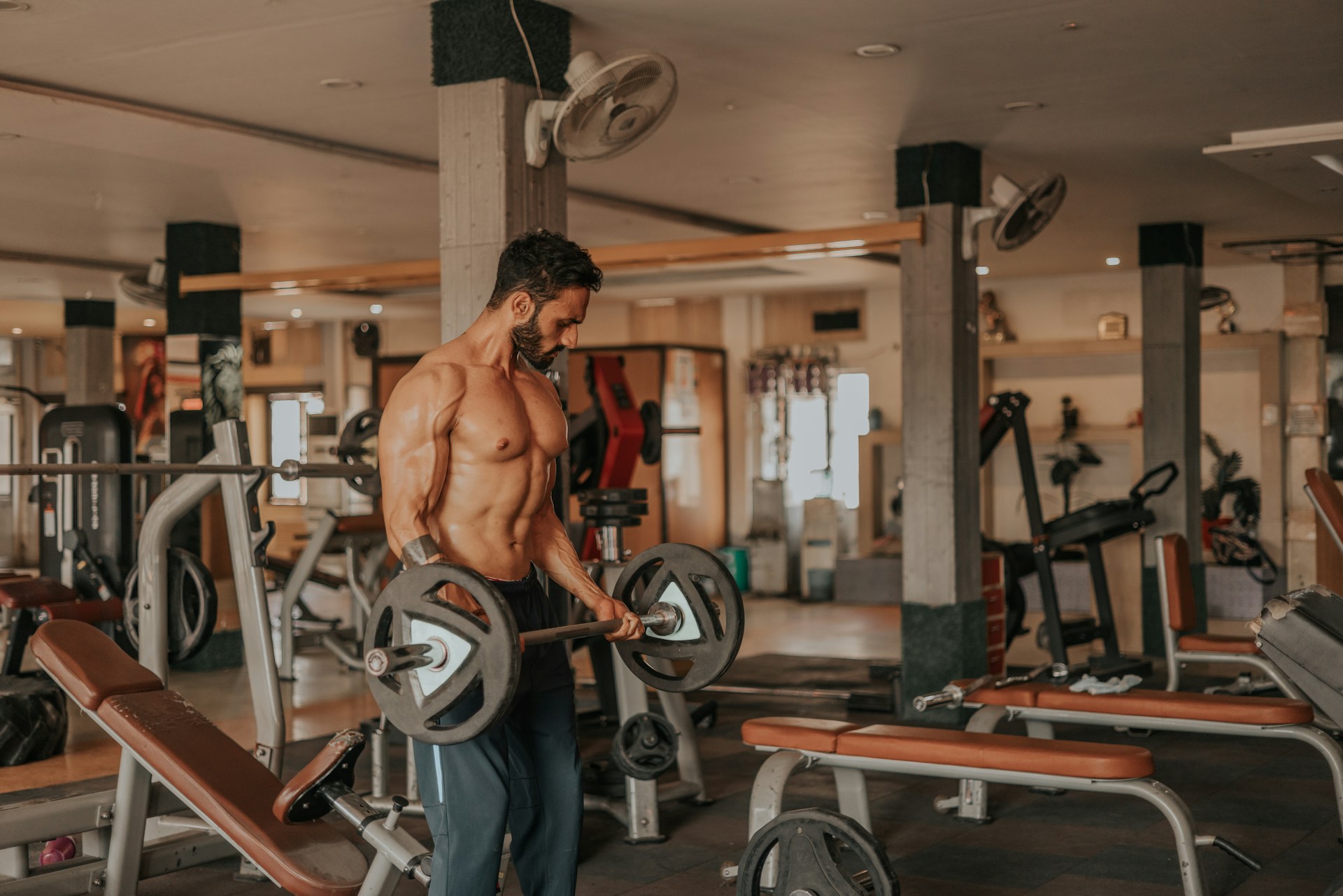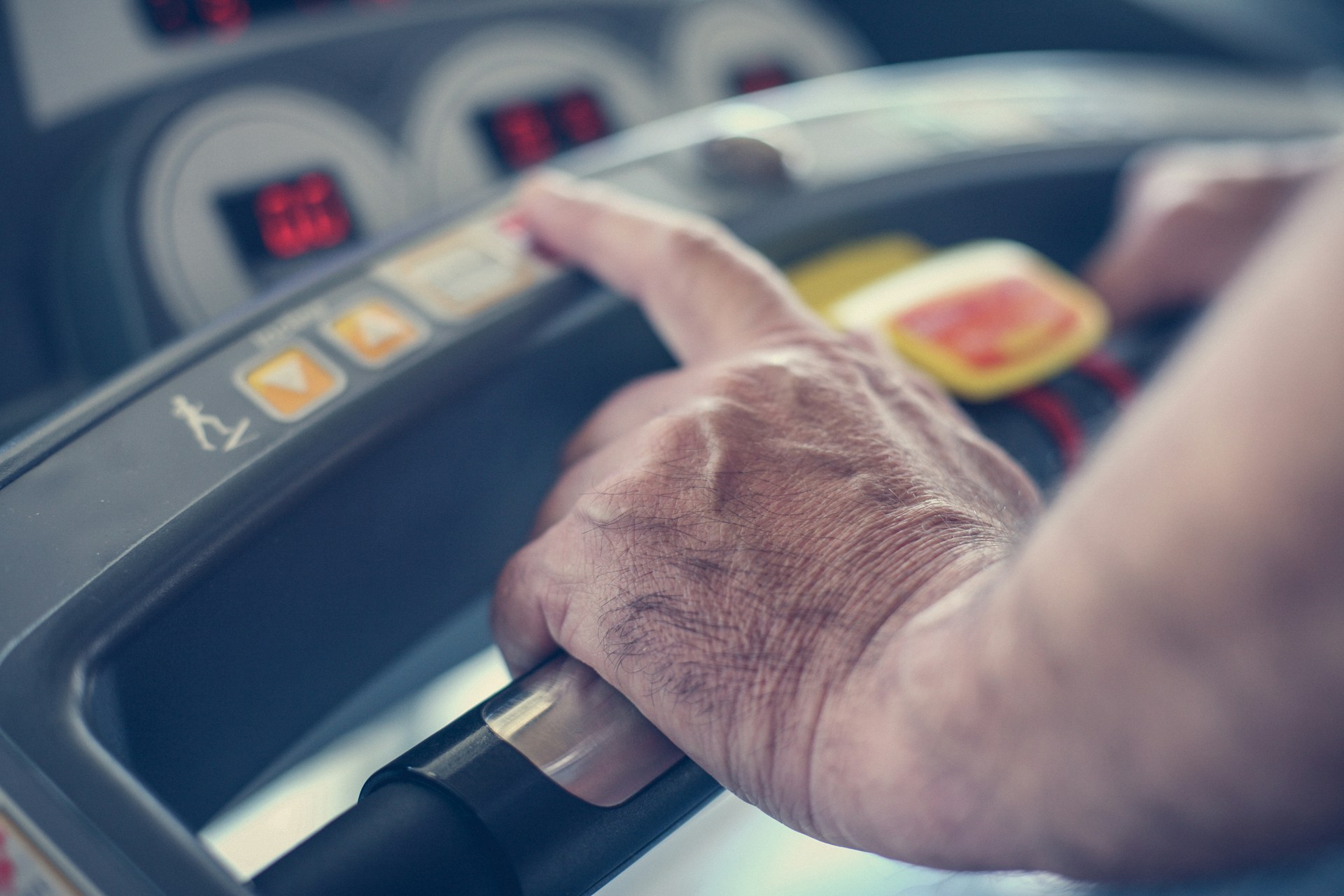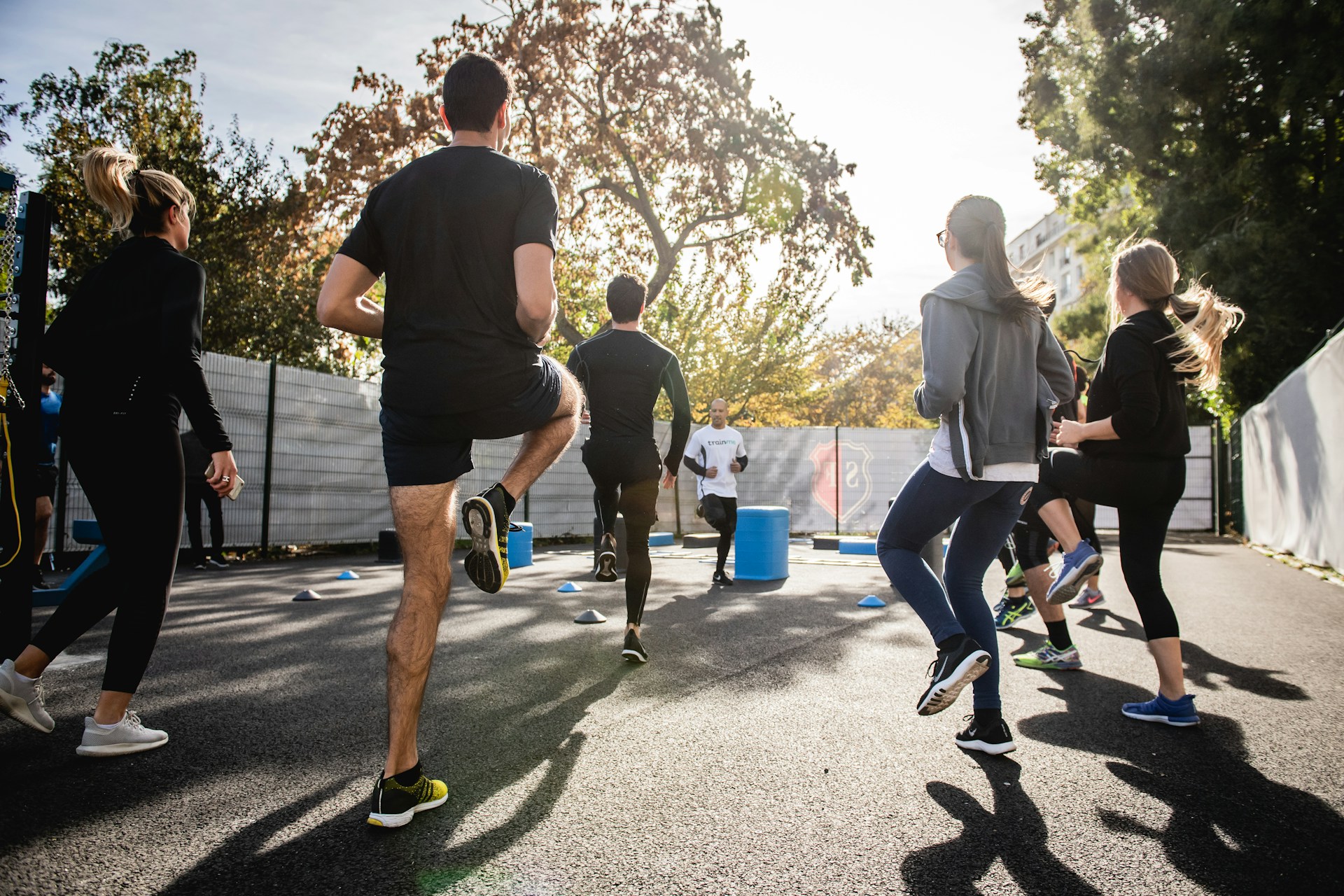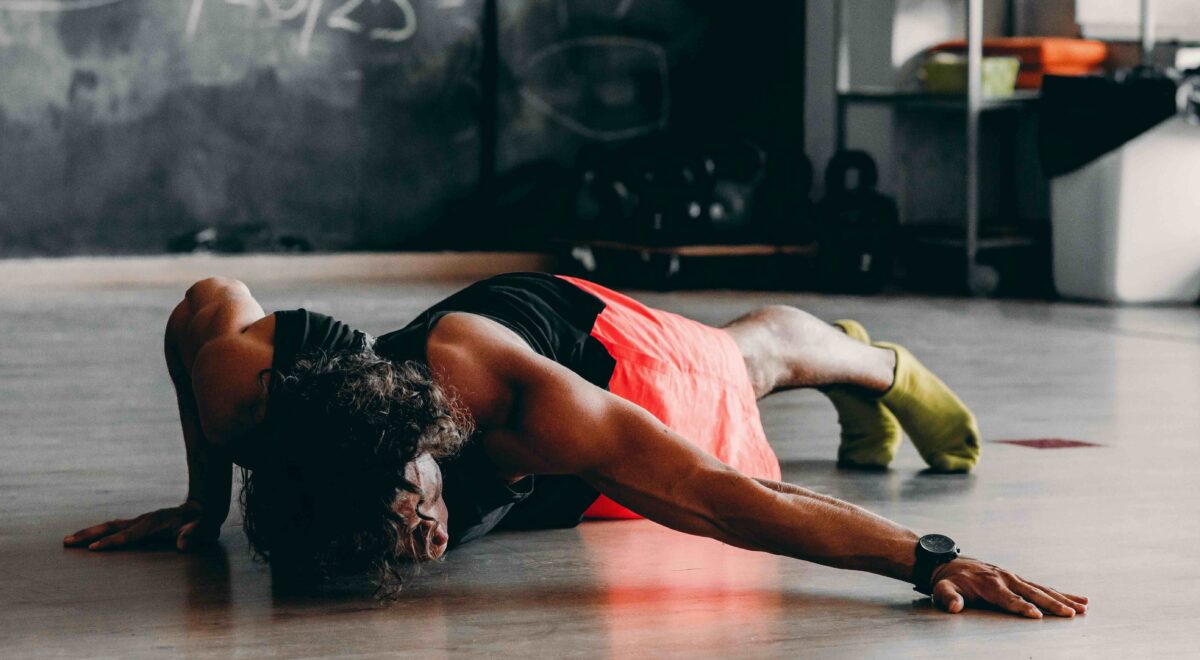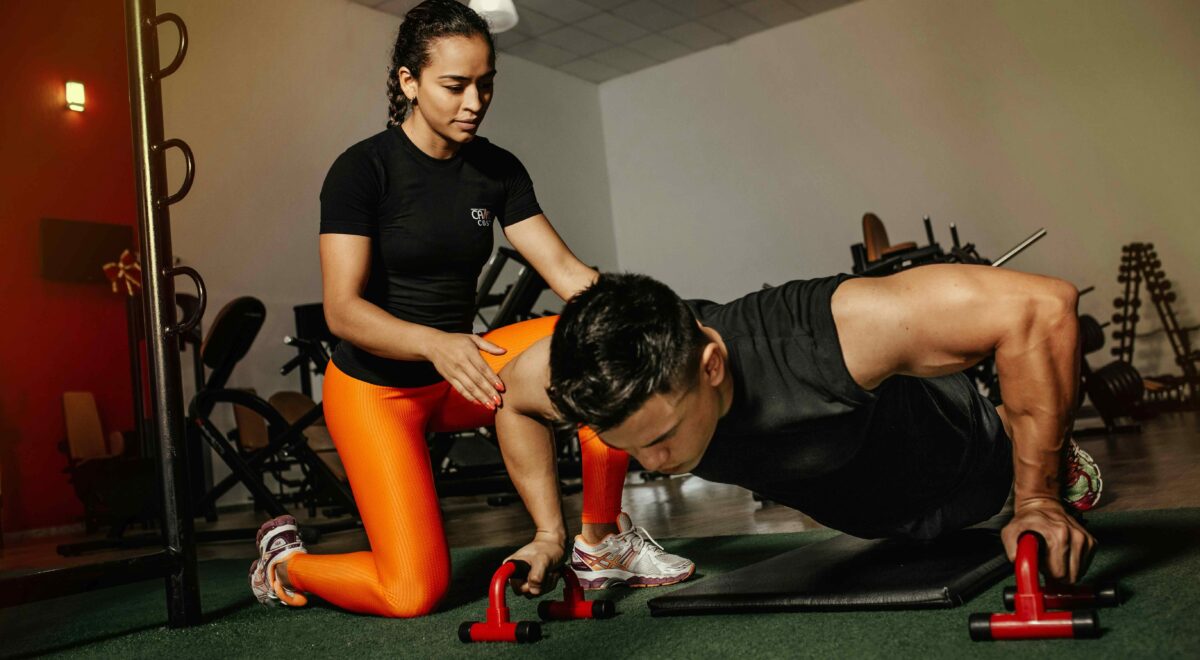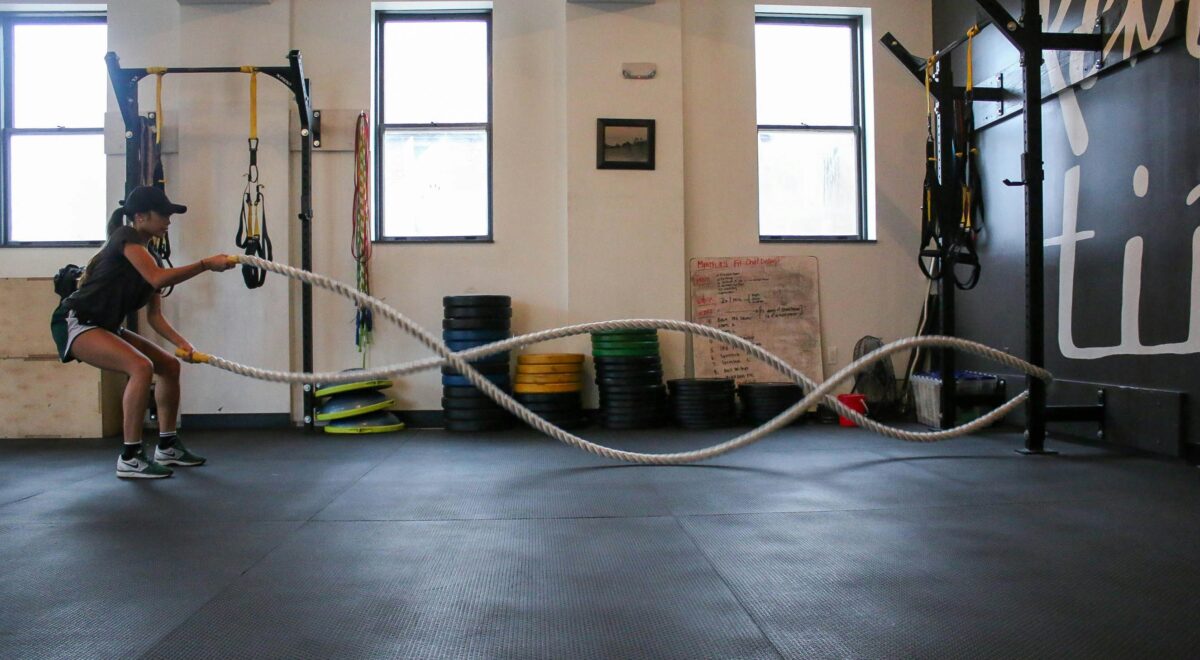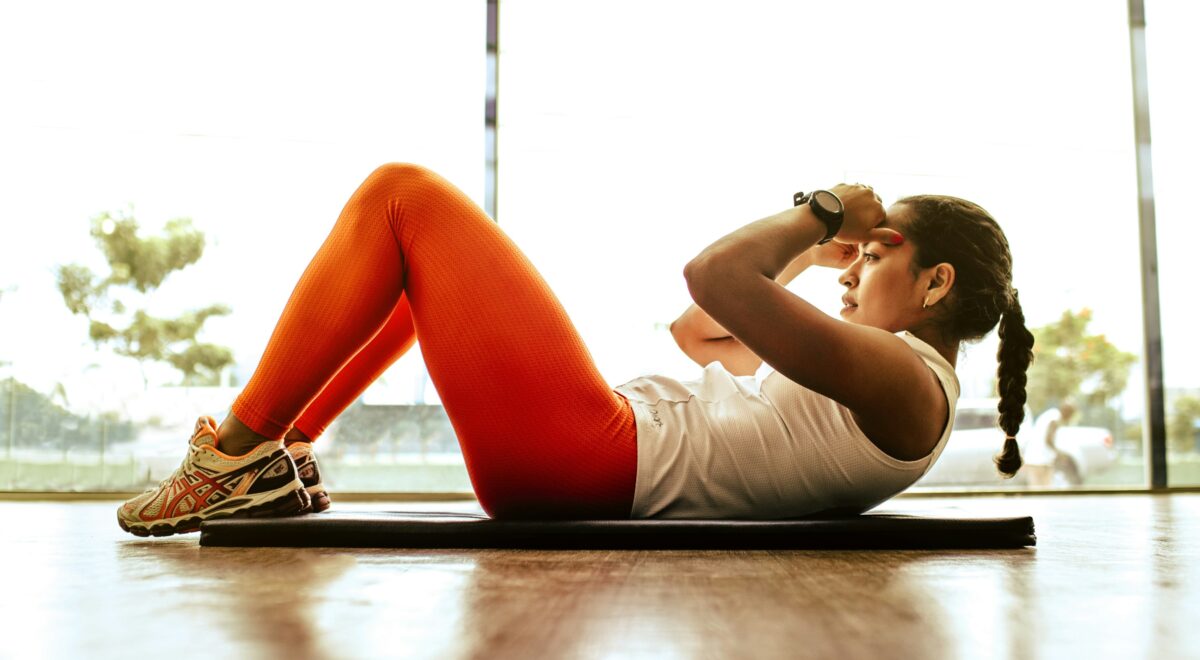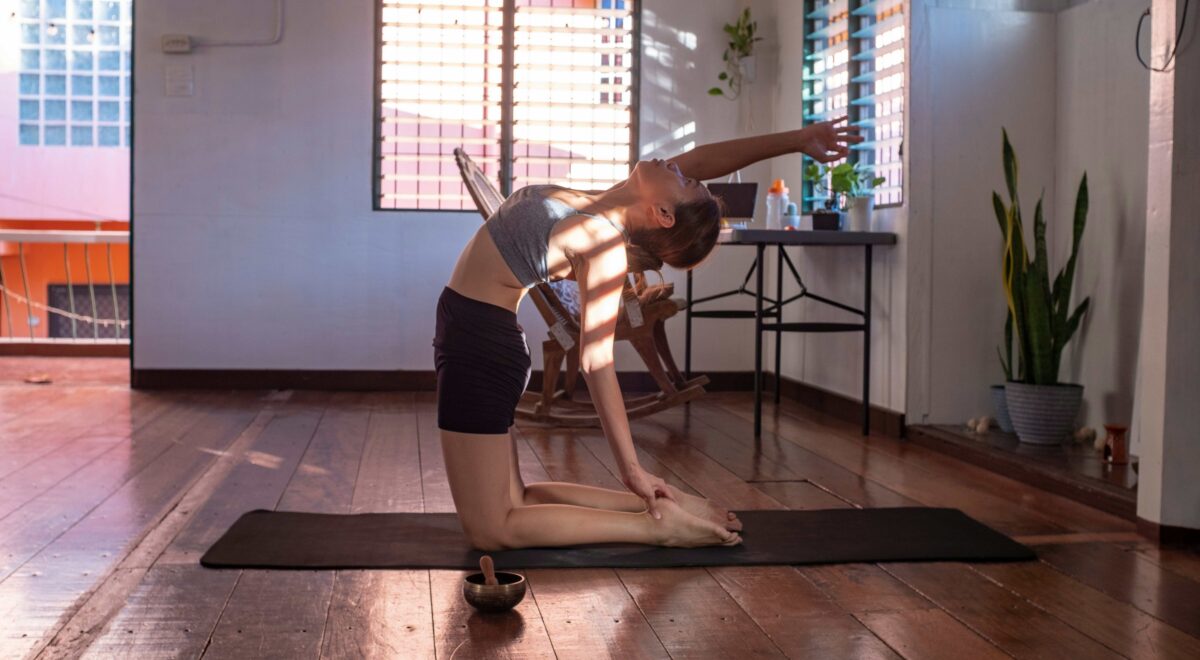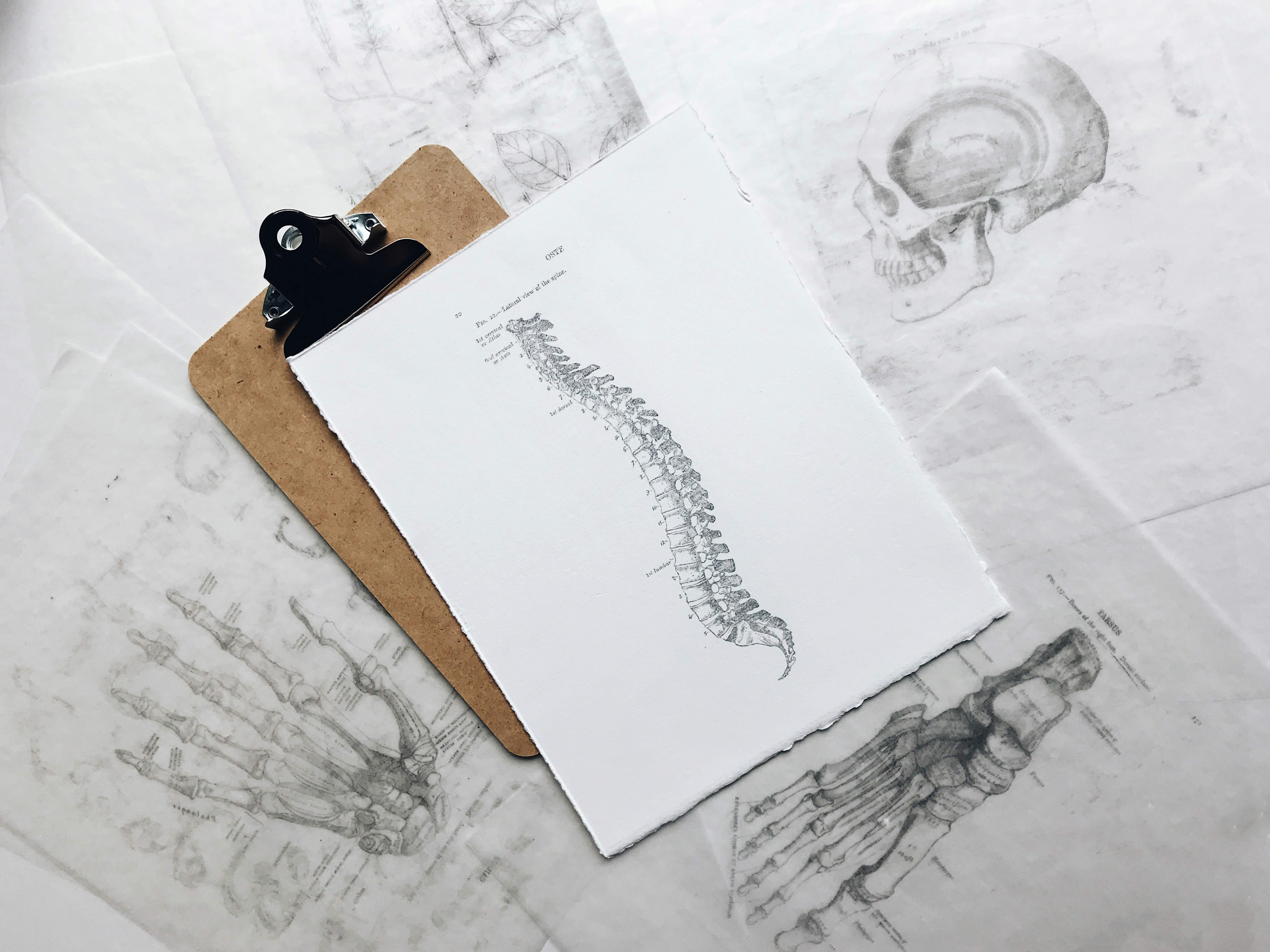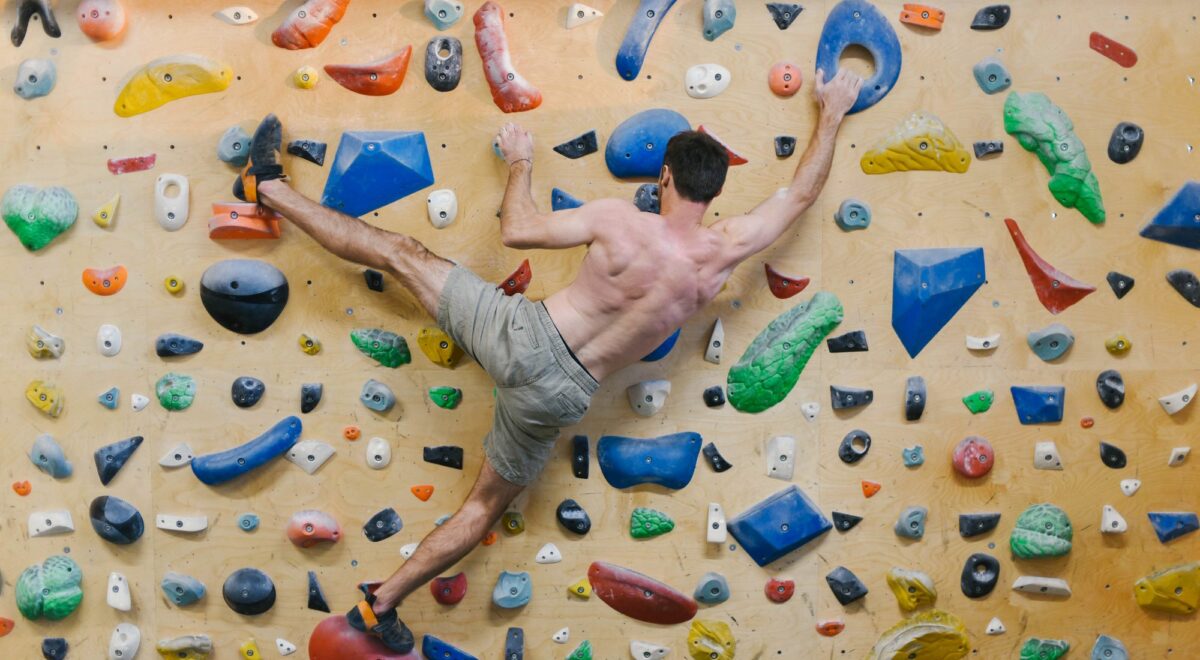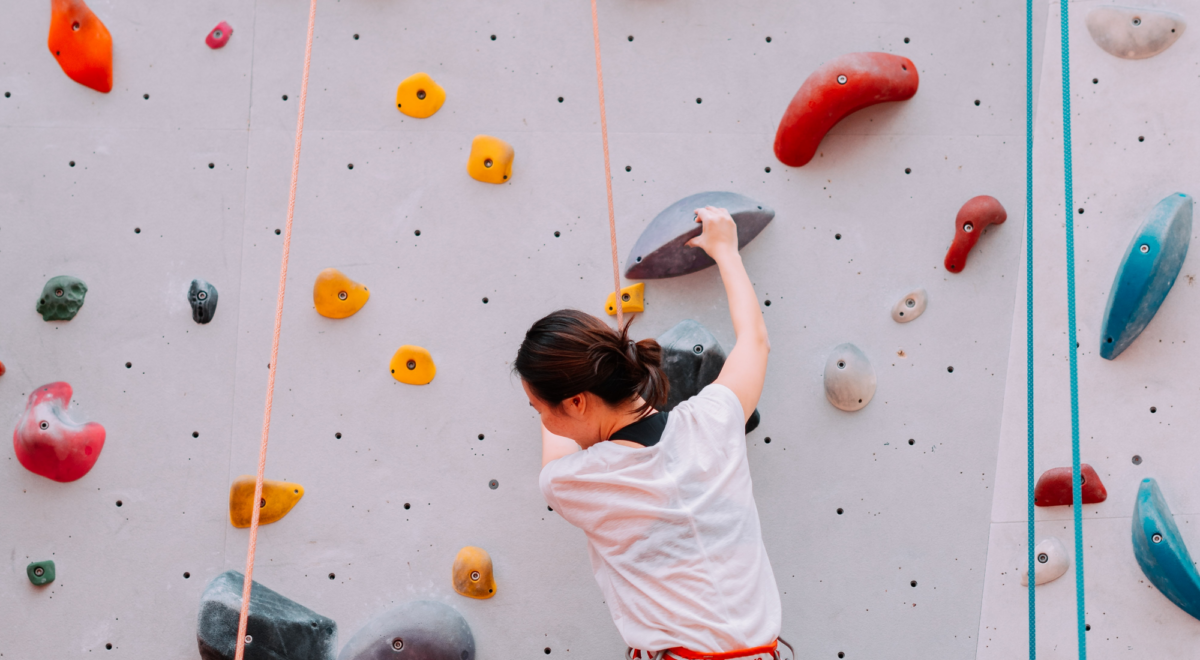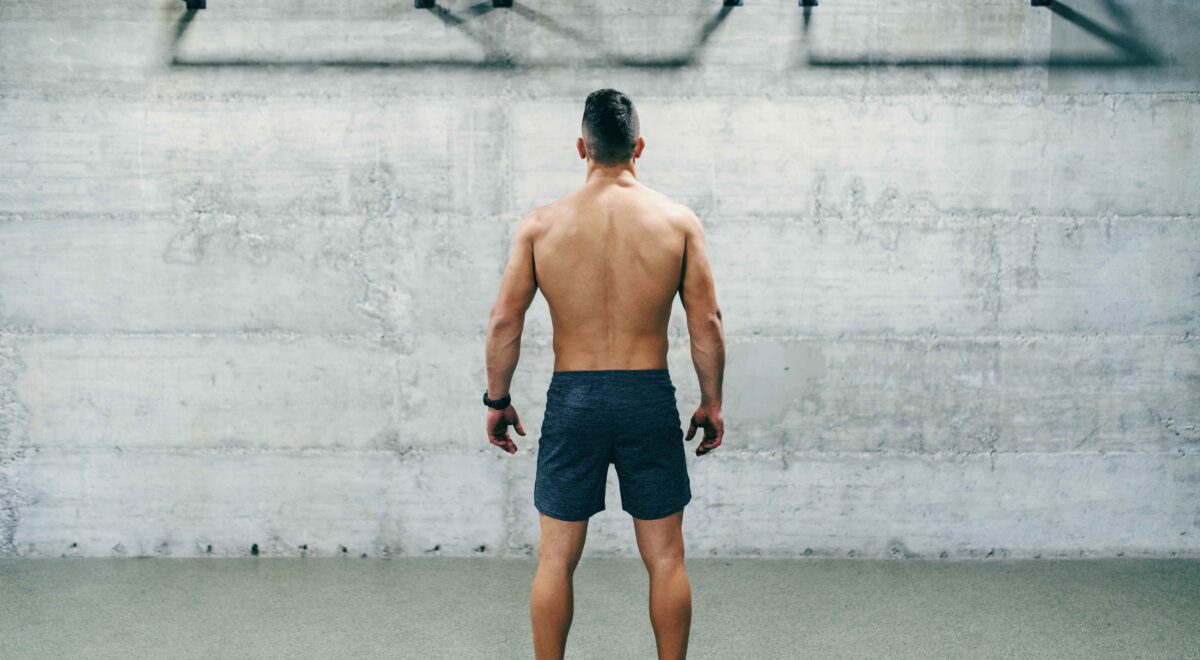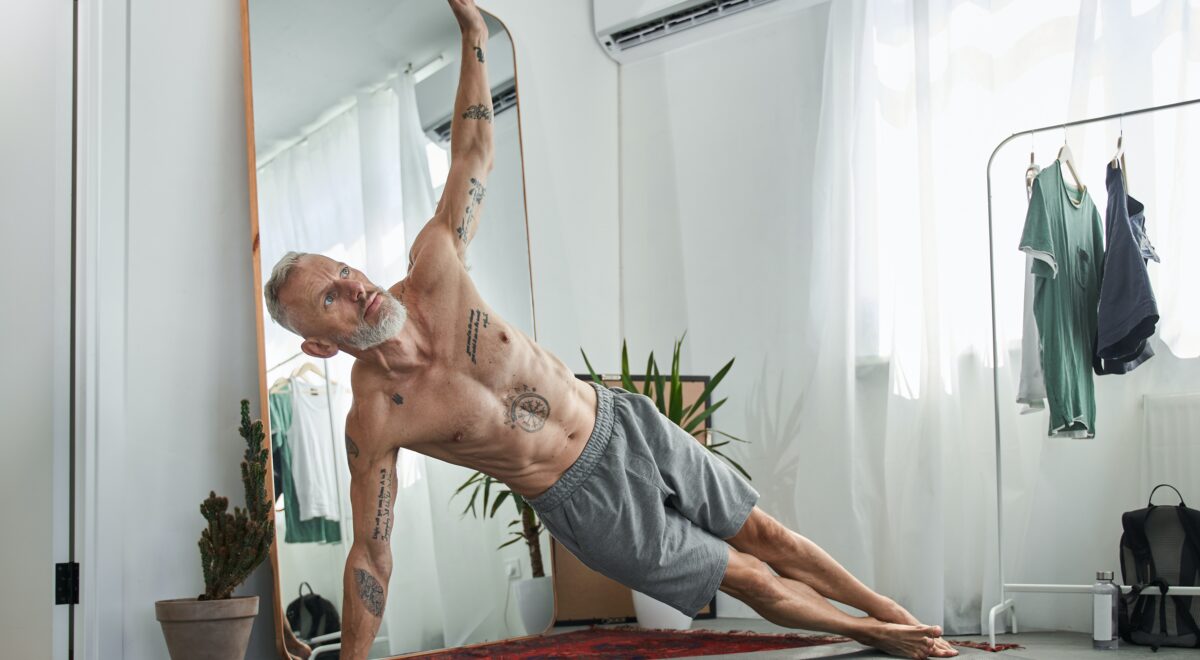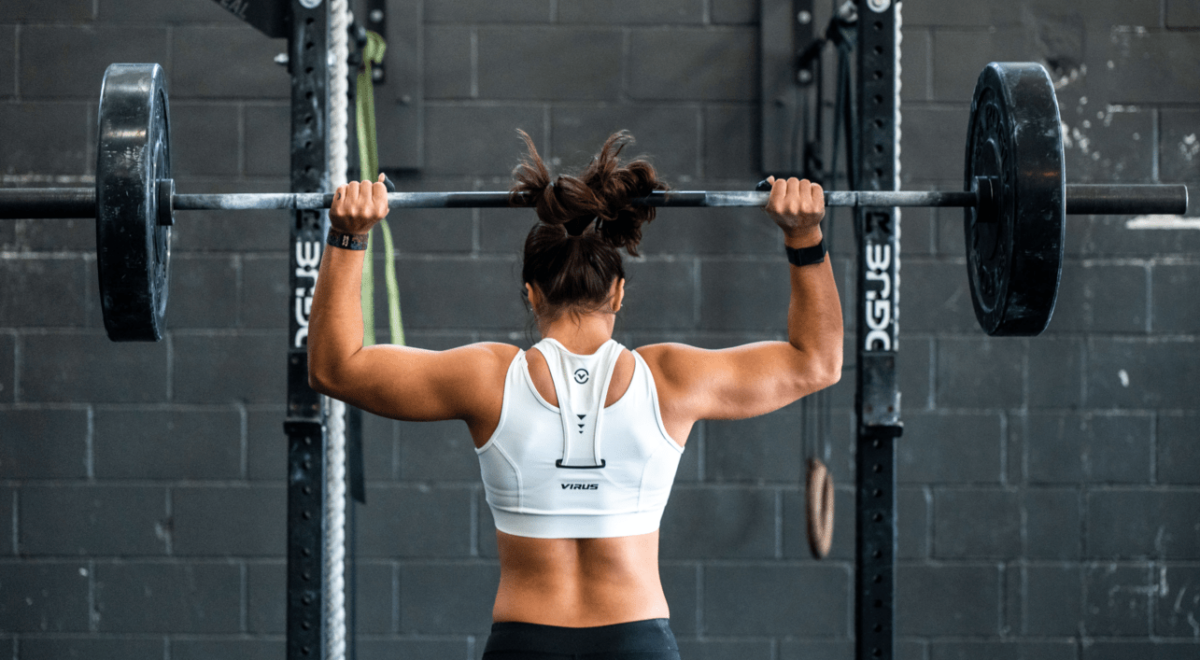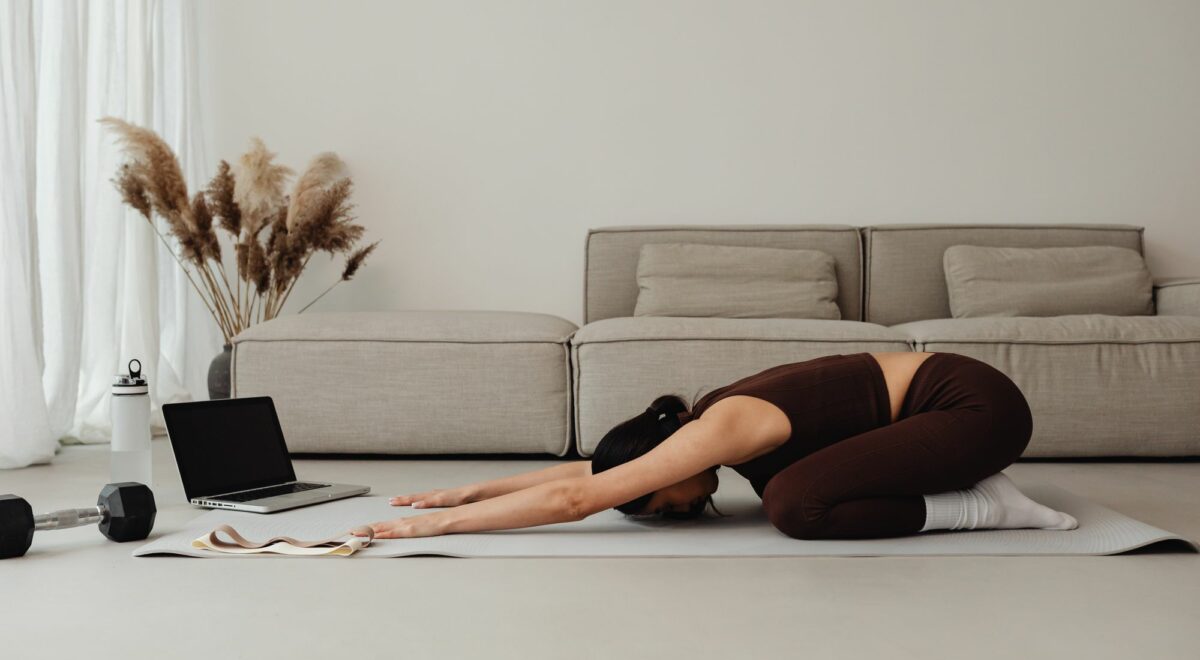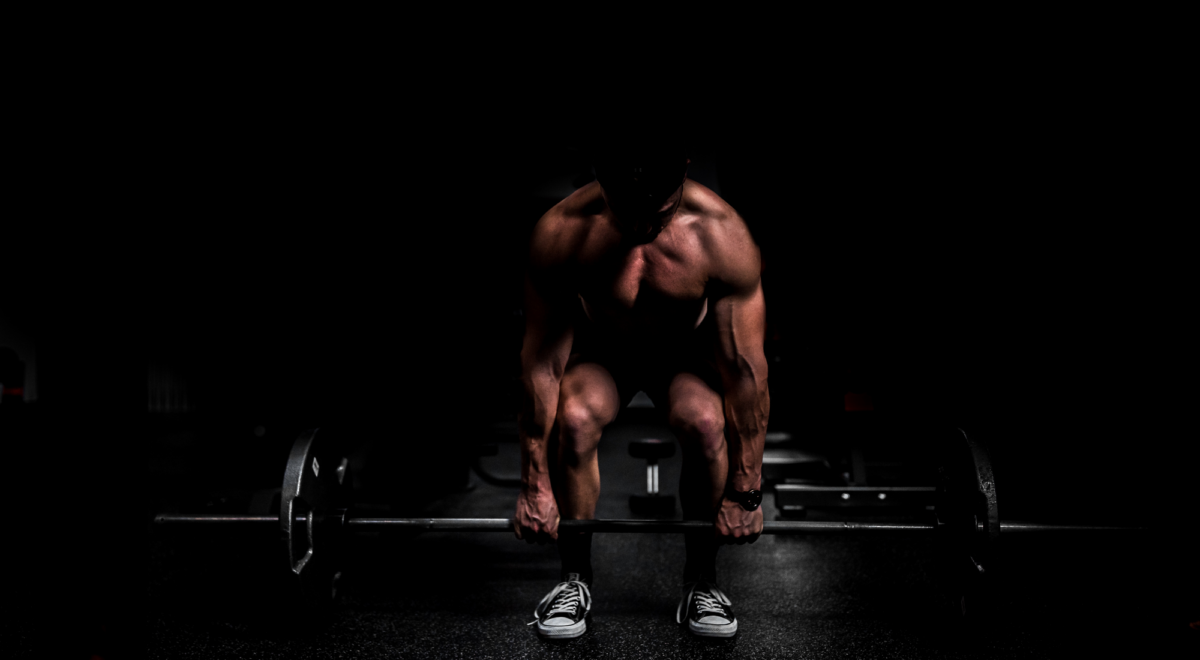Delhi’s fitness scene has witnessed a remarkable surge in the embrace of Pilates, marking a shift from its once niche status to becoming a sought-after fitness regimen. The city’s pursuit of holistic wellness and sculpted strength has propelled Pilates into the spotlight, attracting a diverse community of enthusiasts. With its promise of enhanced core strength, flexibility, and overall well-being, Pilates has captured the attention of both seasoned fitness aficionados and newcomers alike. Amidst this growing interest, Delhi has become home to an array of exceptional Pilates centres, each offering unique experiences designed for individual fitness aspirations. Use this guide to discover the top Pilates studios in Delhi & book a session!
Fitness Fusion
Fitness Fusion, led by the dedicated fitness expert Dr. Namita Agarwal, is more than just a Pilates studio. Whether you’re a seasoned athlete seeking a challenge or a beginner taking your first steps towards a healthier lifestyle, Fitness Fusion has something for everyone. Their diverse Pilates offerings cater to a wide range of needs, from specialised classes for grooms and brides, post-natal care, and kids, to Pilates for senior citizens and pain relief. They also have Zumba and Tabata workouts, along with Gyrokinesis, Gyrotonics, and ULU Aerial Yoga/Pilates under Dr. Agarwal’s expert guidance. Their well-equipped studio has all the Pilates essentials like Reformers, Cadillacs, Wall Units, and more. They even have a dedicated cardiovascular section with Cross Trainers, Spinning Bikes, and Vibration Plates, ensuring you have everything you need to reach your fitness goals.
Dr Agarwal, with over 15 years of experience and certifications in various fitness disciplines, is passionate about helping you achieve your full potential. She co-authored a book on bone health, organizes Osteoporosis awareness events, and even delves into alternative healing practices like Bio-Yoga, Kriya-Yoga, Reiki, and Aura healing.
All you have to do is wear comfortable clothing that allows for freedom of movement and bring your water bottle, and hand towel along with Pilates or Yoga socks for better grip. As the only studio in India with an Infrared Sauna, Fitness Fusion offers a unique way to detoxify, burn calories, and improve circulation. And if you’re inspired by Dr. Agarwal’s dedication, she’s even willing to share her knowledge and help you launch your career in the health and fitness industry. Each session lasts one hour, ensuring you make the most of your time. Remember to be punctual, as sessions end promptly at the hour mark.
Timings: 7 am-9 pm
Contact: +919312884496
Price: INR 1,000 per class or INR 10,000 per month for 12 sessions
Location: A, Block-1, Church Rd, Shanti Kunj Main, D6, Sector D, Vasant Kunj, New Delhi, Delhi 110070
STUDIO PILATES RETREAT (RK Puram)
Located in R.K. Puram, Studio Pilates Retreat is specifically for women seeking a transformative Pilates experience. Their air-conditioned studio has a variety of equipment, from the versatile Reformer machine to toning balls, Swiss balls, and Pilates chairs.
The place is run by Monica Rastogi, who is a dedicated instructor with 19 years of experience and guides you through personalised Pilates journeys. Monica’s expertise shines in both Mat and equipment-based classes. Group Mat sessions foster a sense of community, while one-on-one equipment classes allow for tailored instruction and deeper focus. She is an ACE certified, specialising in Rehabilitation under Ulrik Larsen, and the first certified instructor from India for GYROTONIC® & GYROKINESIS® USA. Monica’s passion for Pilates is evident in her dedication to ongoing training under renowned instructors like Michael King, Madeline Black, and Paul Thornley.
Stepping into Studio Pilates Retreat is like entering a sanctuary for your well-being. To prepare for your journey, simply wear comfortable, non-baggy clothing that allows for free movement. Bring a water bottle and a large towel to place on the Mat.
Timings:
7 am – 5 pm
Contact:
Phone: 099997 37918
Email: monica@monicapilates.com
Location
Address: New, Sector 6, Rama Krishna Puram, New Delhi, Delhi 110022
The Pilates Studio by Namrata Purohit
The Pilates Studio by Namrata Purohit has sleek interiors and cutting-edge technology that set the stage for personalised programs crafted specifically for you. They have a private training room equipped with top-notch Reformers and a dedicated Pilates Chair provides an intimate space for Namrata and her team to design workouts. Intimate group classes, capped at just 4-5 clients, guarantee Namrata’s watchful eye and personalised adjustments for every participant, maximising group energy while ensuring individual focus.
Namrata Purohit is a fitness luminary whose passion for Pilates is infectious. Youngest Trained Stott Pilates Instructor in the World, trusted trainer to Bollywood A-listers and beloved by athletes and entrepreneurs alike, she brings unparalleled expertise and unwavering dedication to each client. From cutting-edge technology to her personalised approach, The Pilates Studio fosters a transformative environment where every element is meticulously designed to guide you towards your well-being goals.
Timings: Mon-Sat, 7:00 am – 9:00 pm, Sun: ****Closed
Contact: +91 8350007000
Price: INR 1,180/- per session in group (GST Inclusive), INR 2,360/- per session in private (GST Inclusive)
Location
Second Floor, D Block, D11, LSC II, Market, above Toni & Guy Hairdressing, Beauty, Vasant Vihar, New Delhi, Delhi 110057
RedMat Pilates
RedMat Pilates, established in 2012 by passionate Pilates advocate Taru Chaddha, is a Gurgaon-based fitness company dedicated to empowering women through Pilates and Barre sessions. Committed to extending the benefits of these fitness practices to women of all ages, RedMat operates through two primary channels. Their Xpress Live online platform offers convenient 40-minute Mat Pilates and Barre workouts in group or private formats via Zoom, catering to those seeking accessible fitness options from home.
Apart from all that, the company has two premier fitness facilities located on Golf Course Road and in Nirvana Country, delivering a range of equipment-based Pilates sessions available in group, private, and semi-private settings. Taru, deeply devoted to Pilates and its holistic impacts on movement, posture, rehabilitation, and pain relief, strives to share the joy of Pilates and Barre fitness, promoting overall well-being among women. RedMat’s inclusive approach has fitness programs for women of all ages.
Time: 7:30 AM to 10:30 AM
Contact: 09205933669
Price:
Discovery Session (Online) – Xpress Pilates Rs 349/-
Xpress Online – Monthly Unlimited: Rs 5499/-
Discovery Session (In person) – Rs 2,000/-
Location: C-709, Nirvana Courtyard, Nirvana Country, Sec 50, Gurgaon

